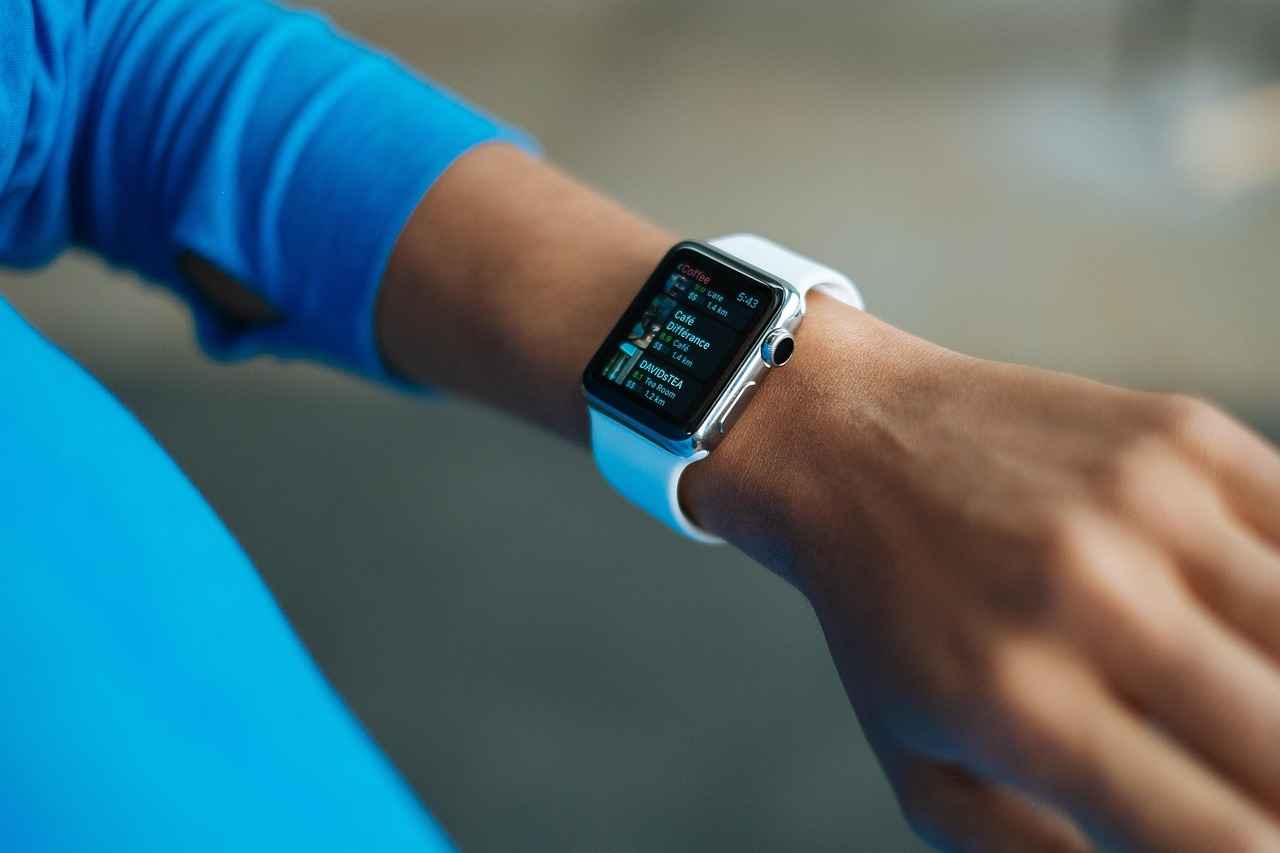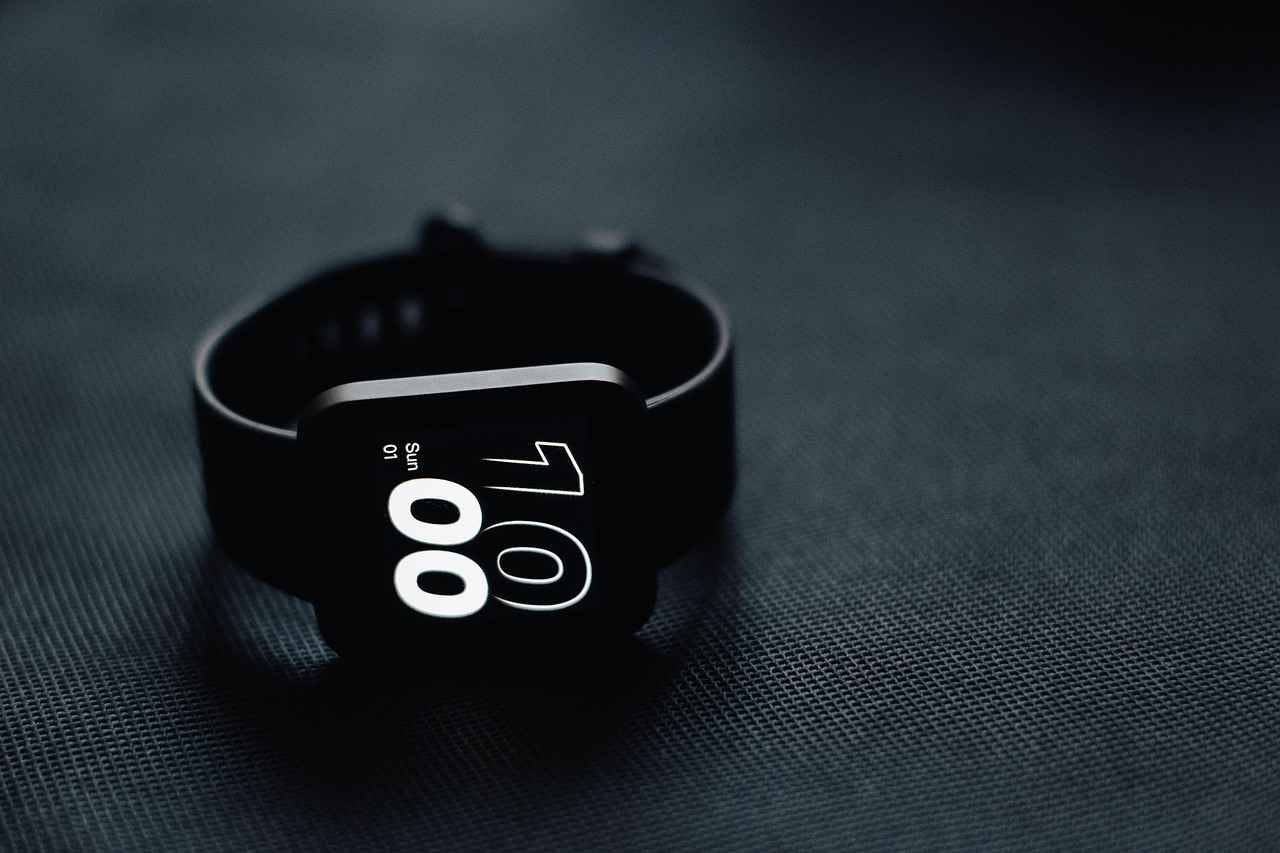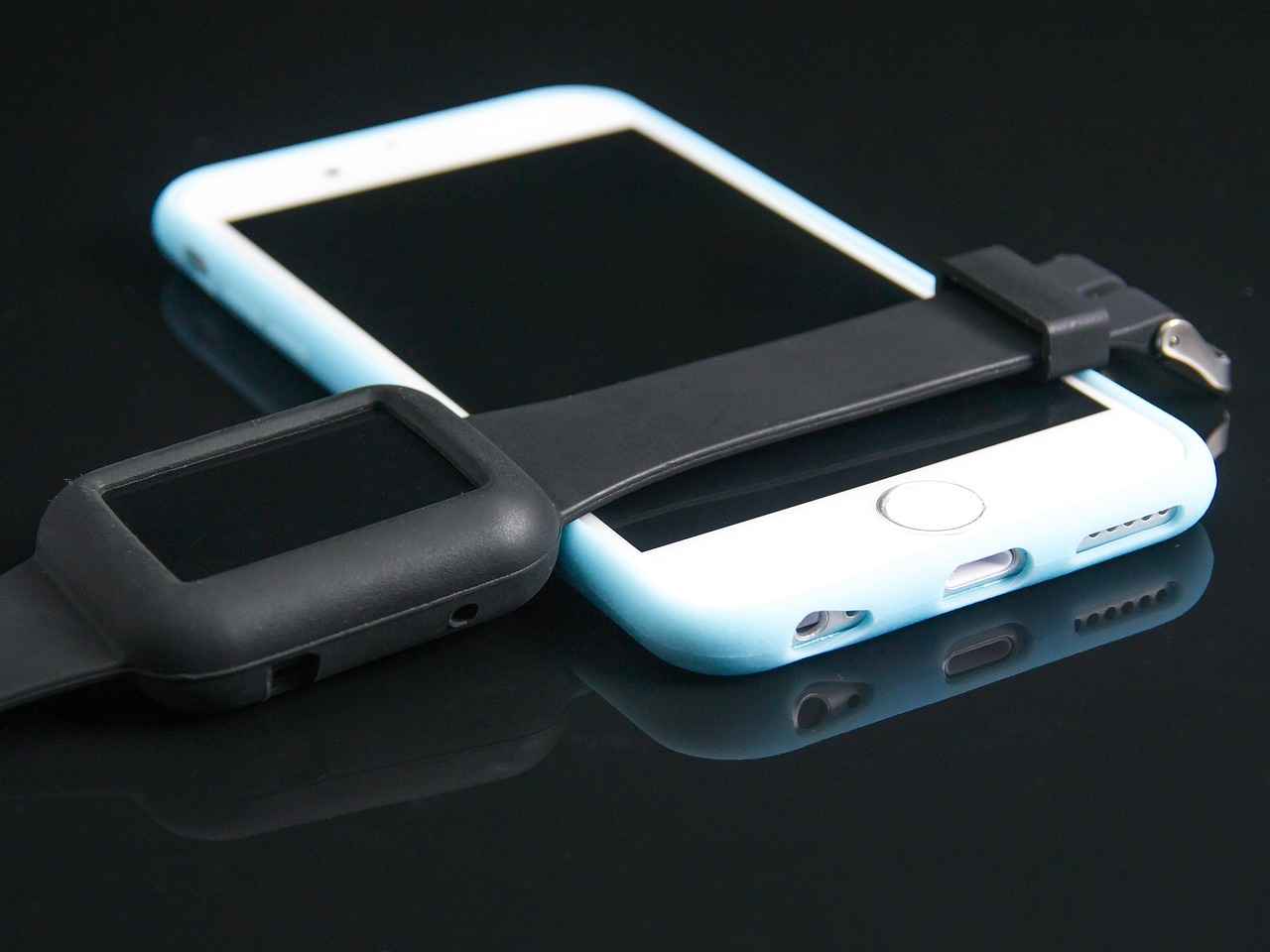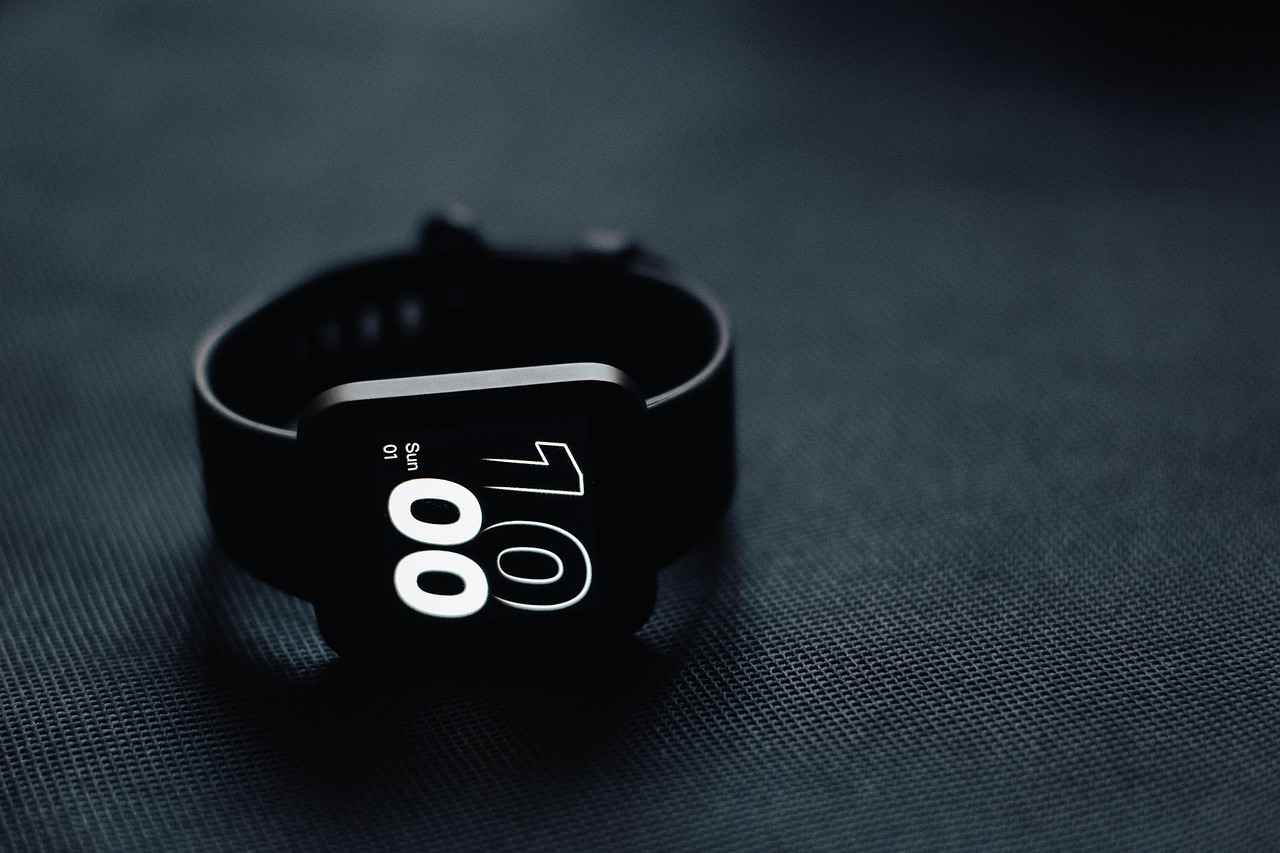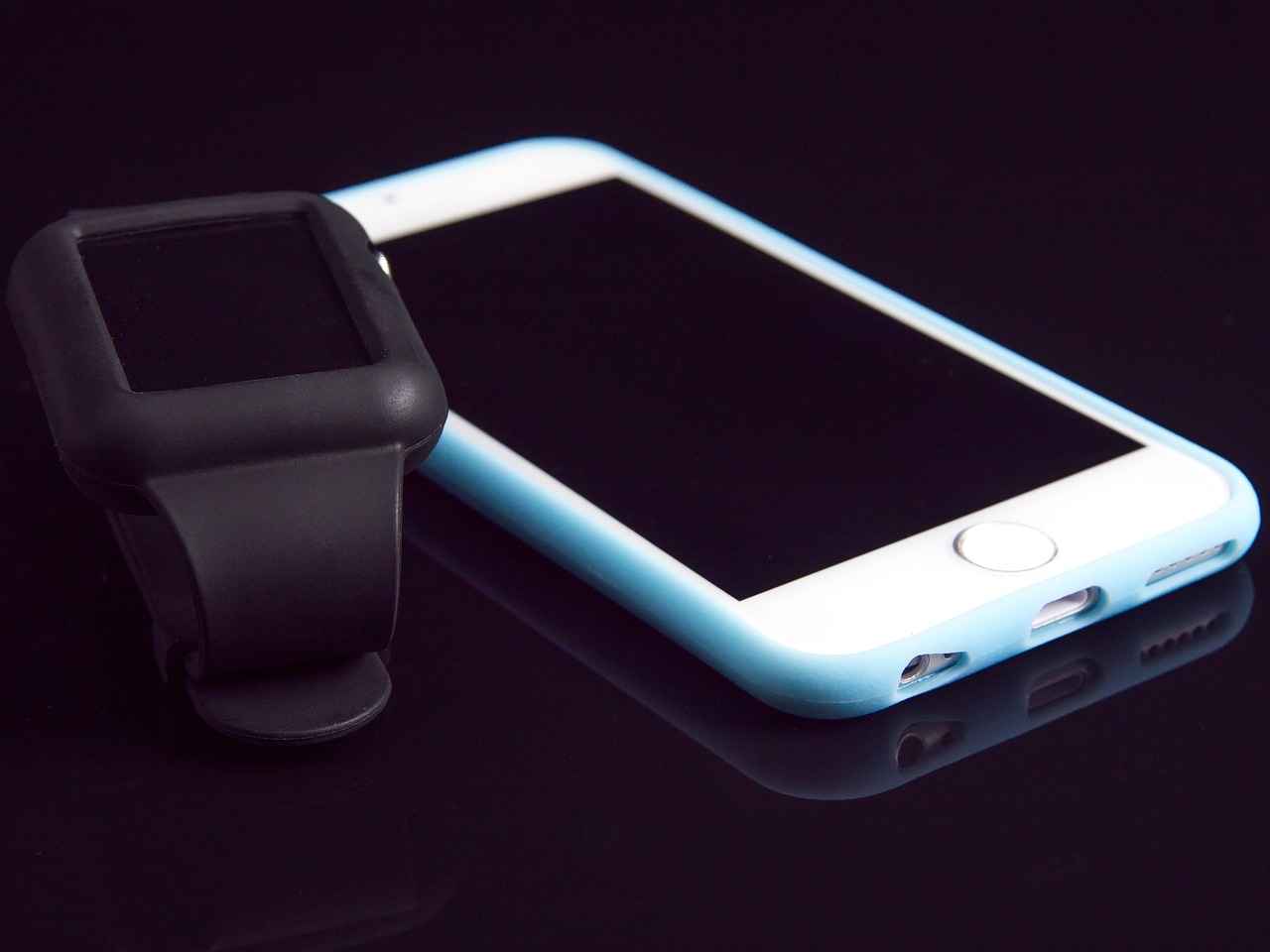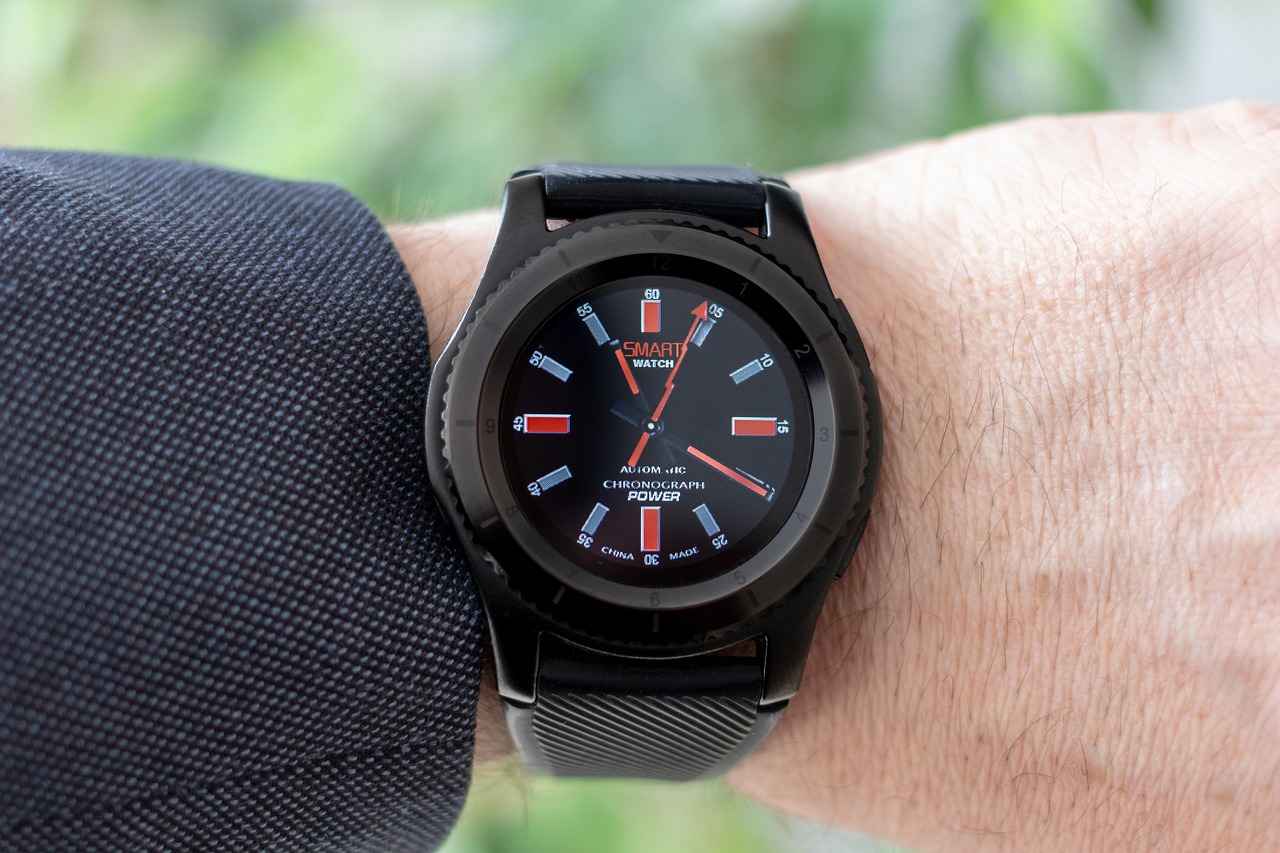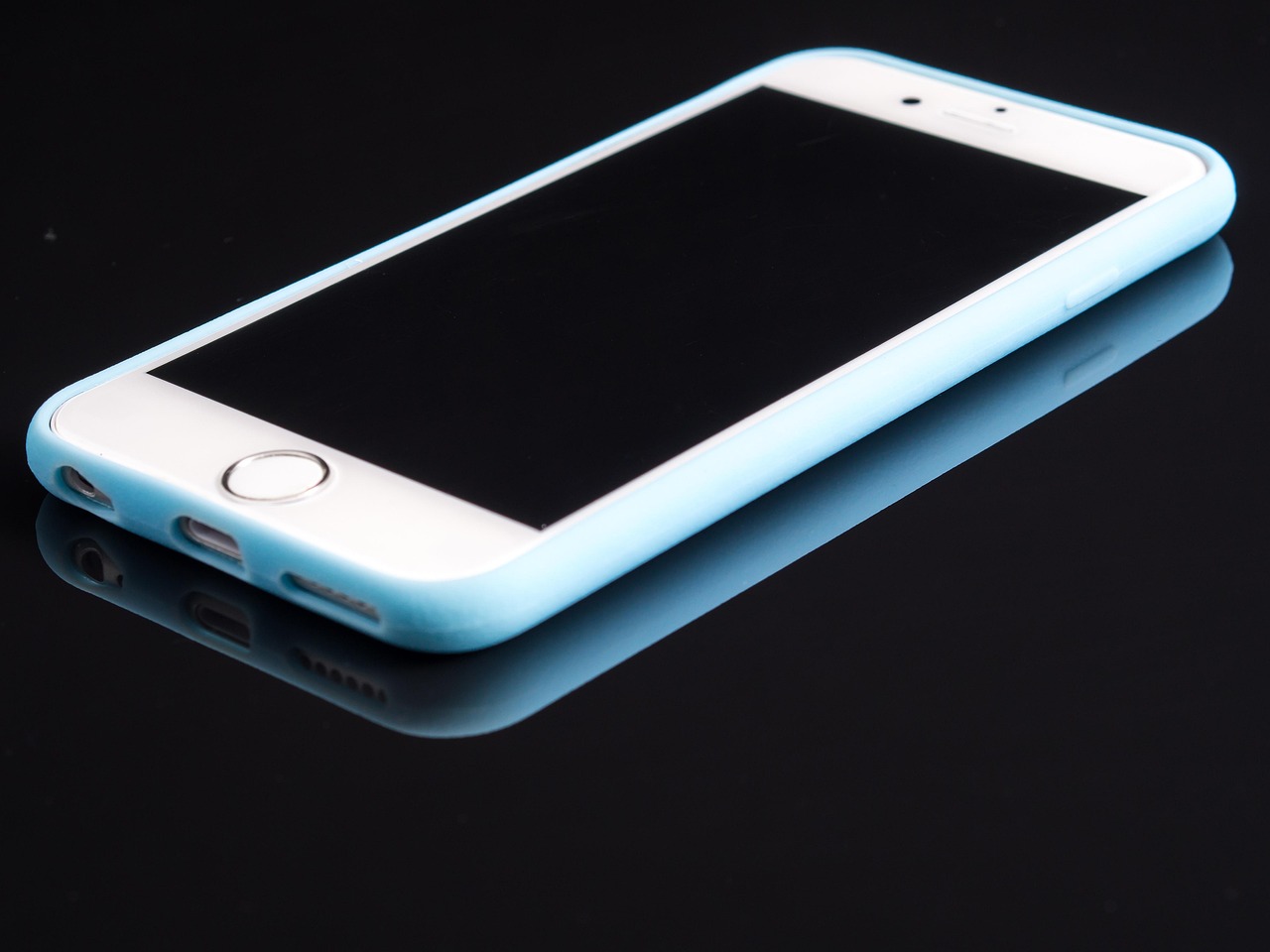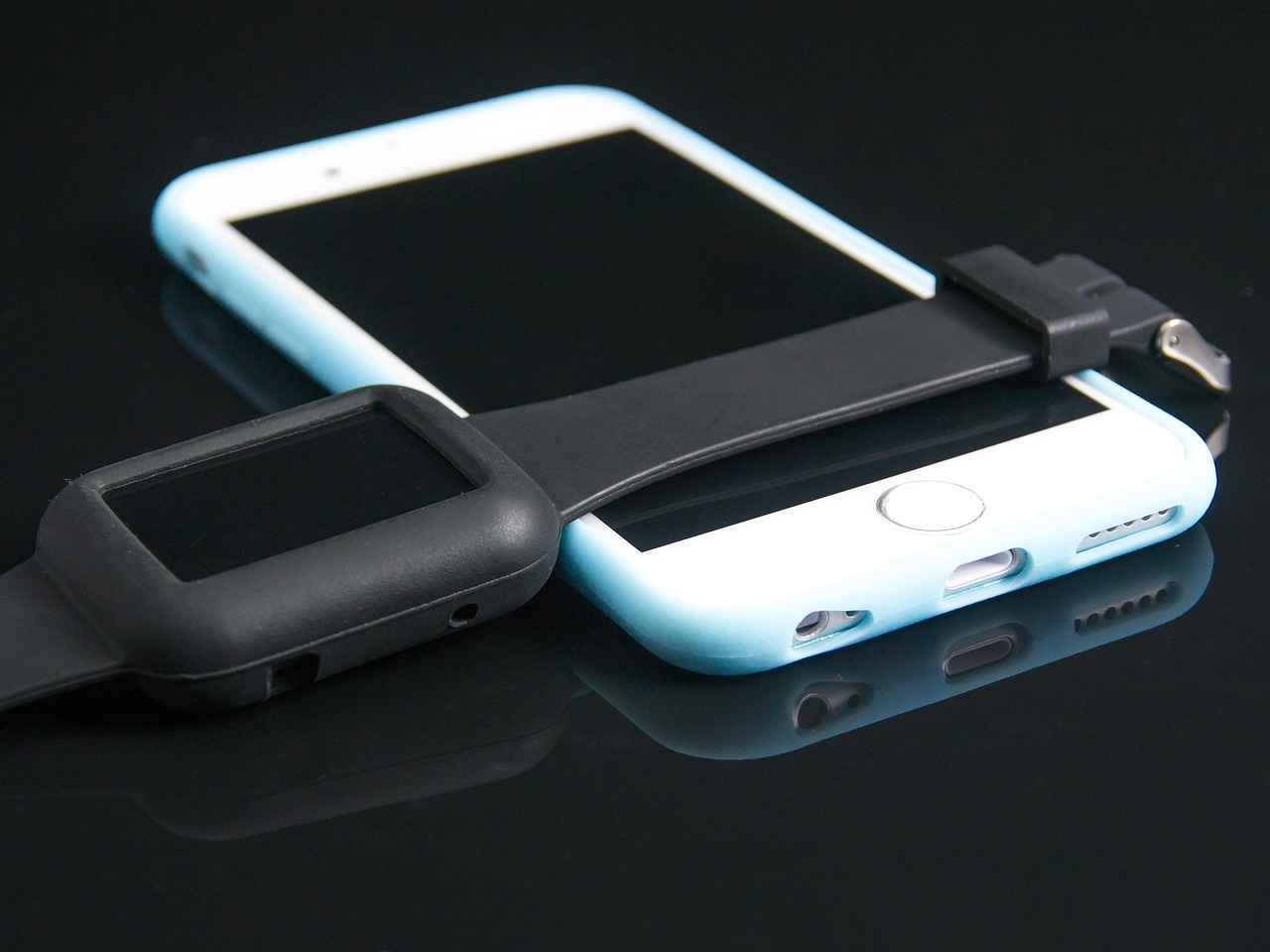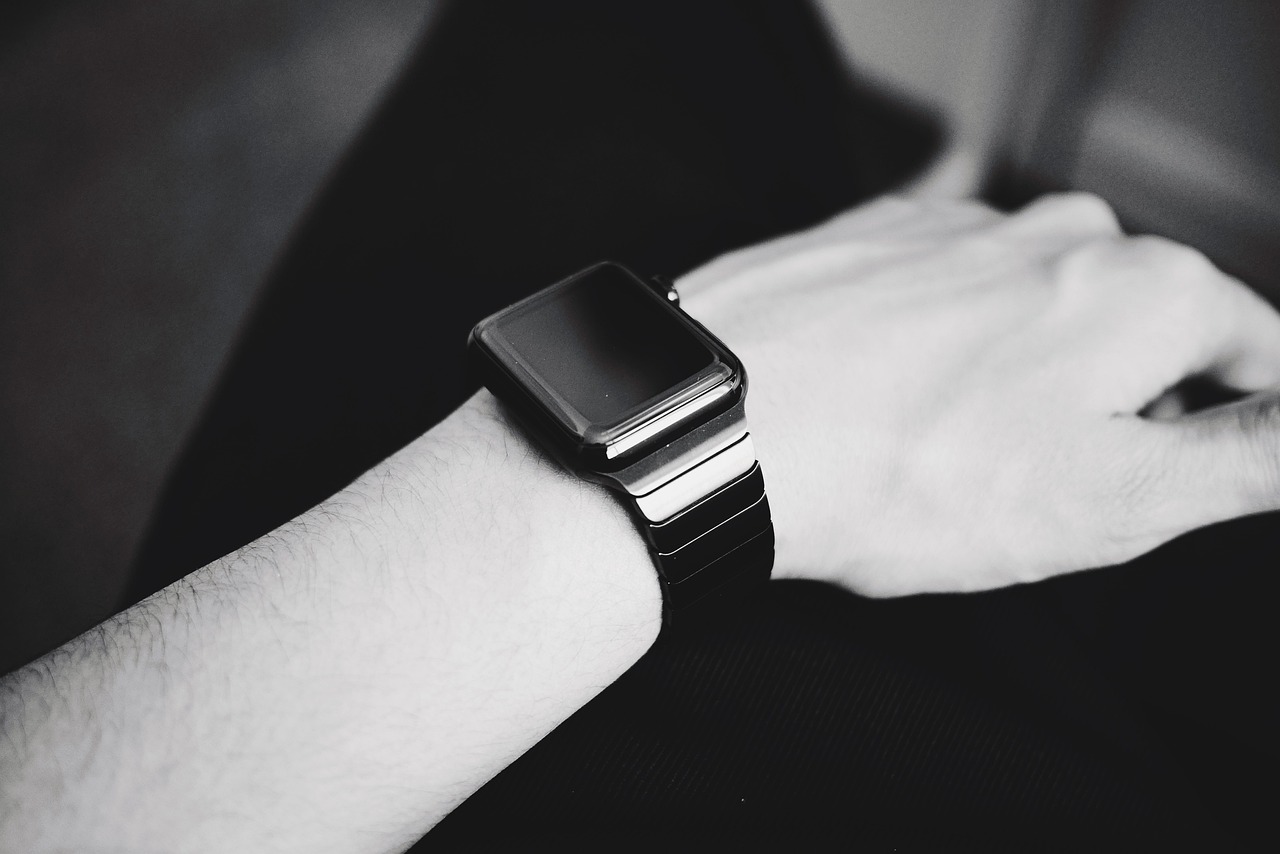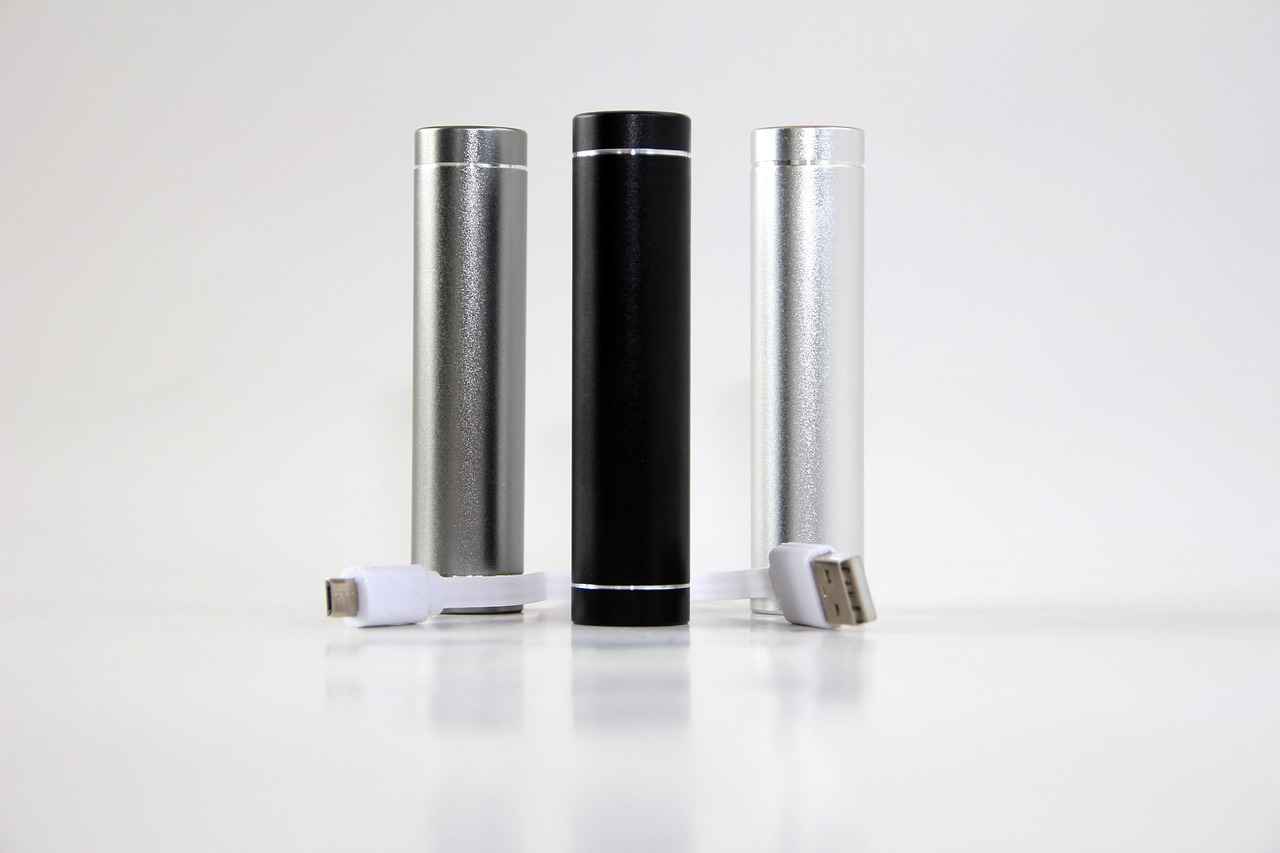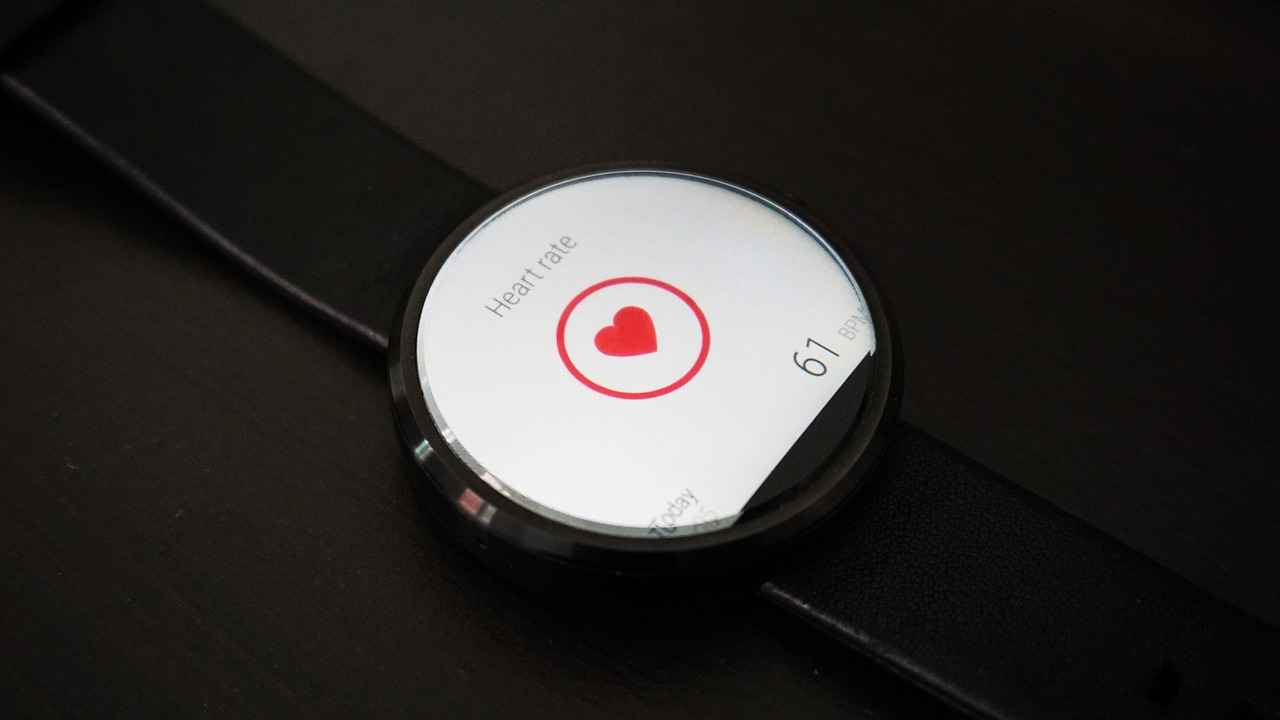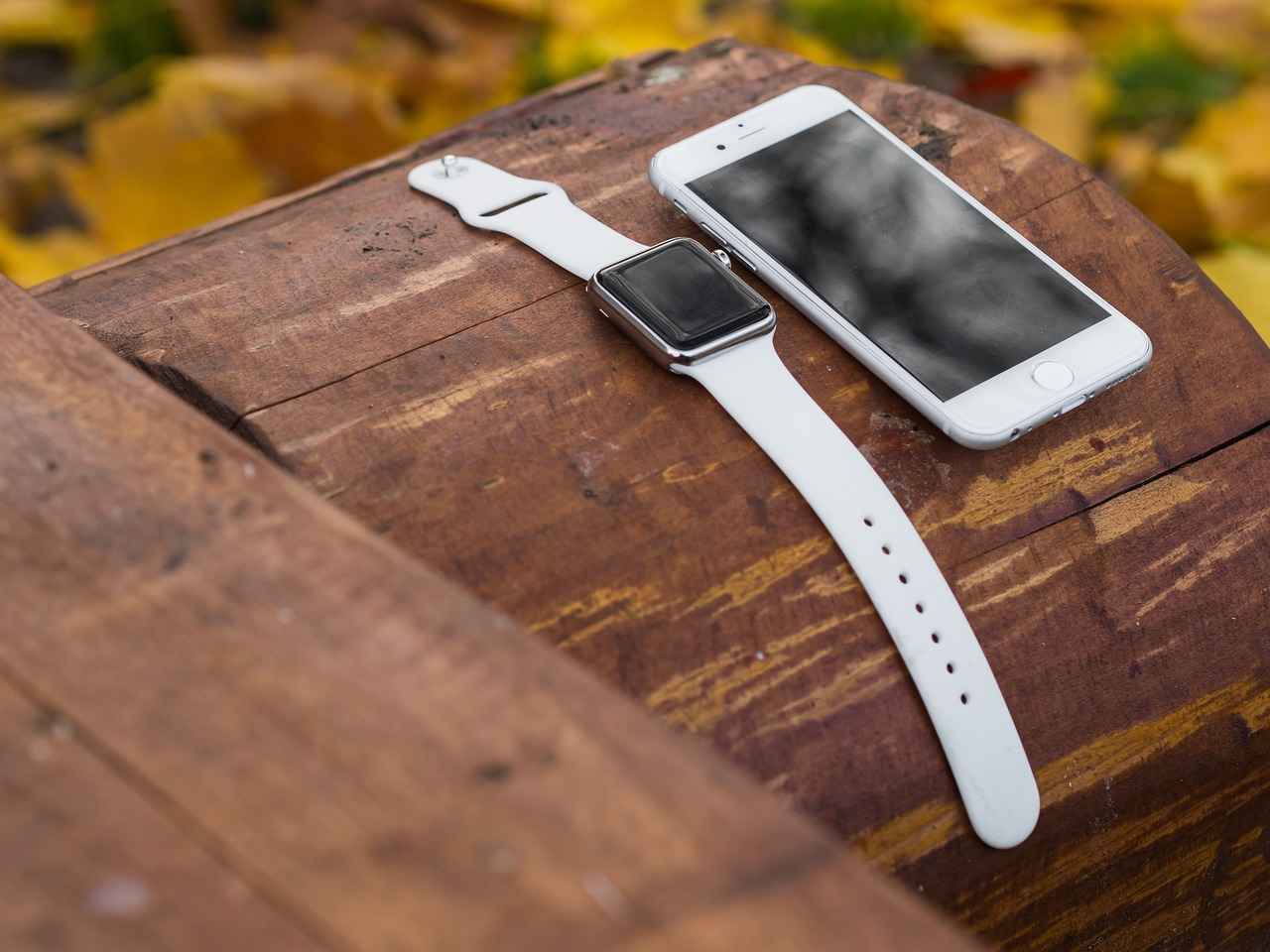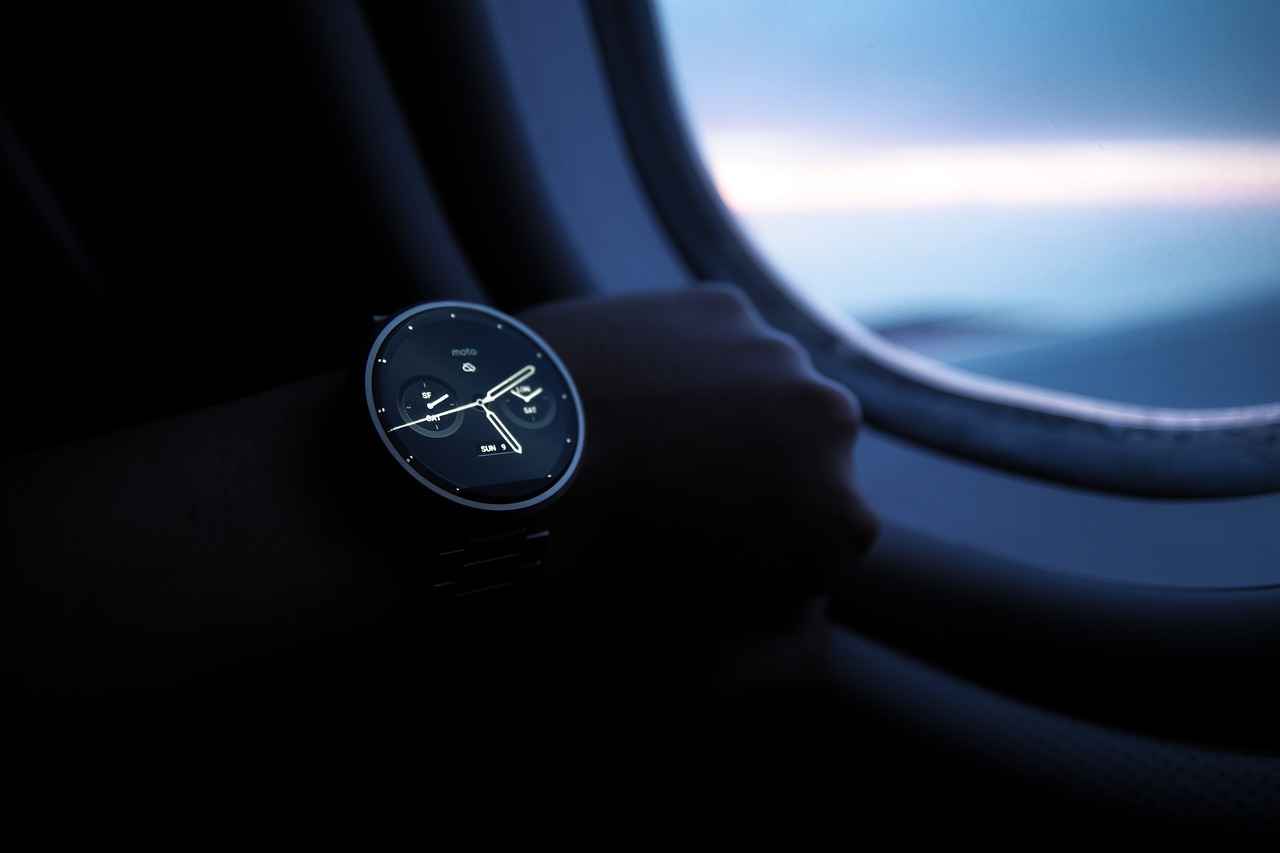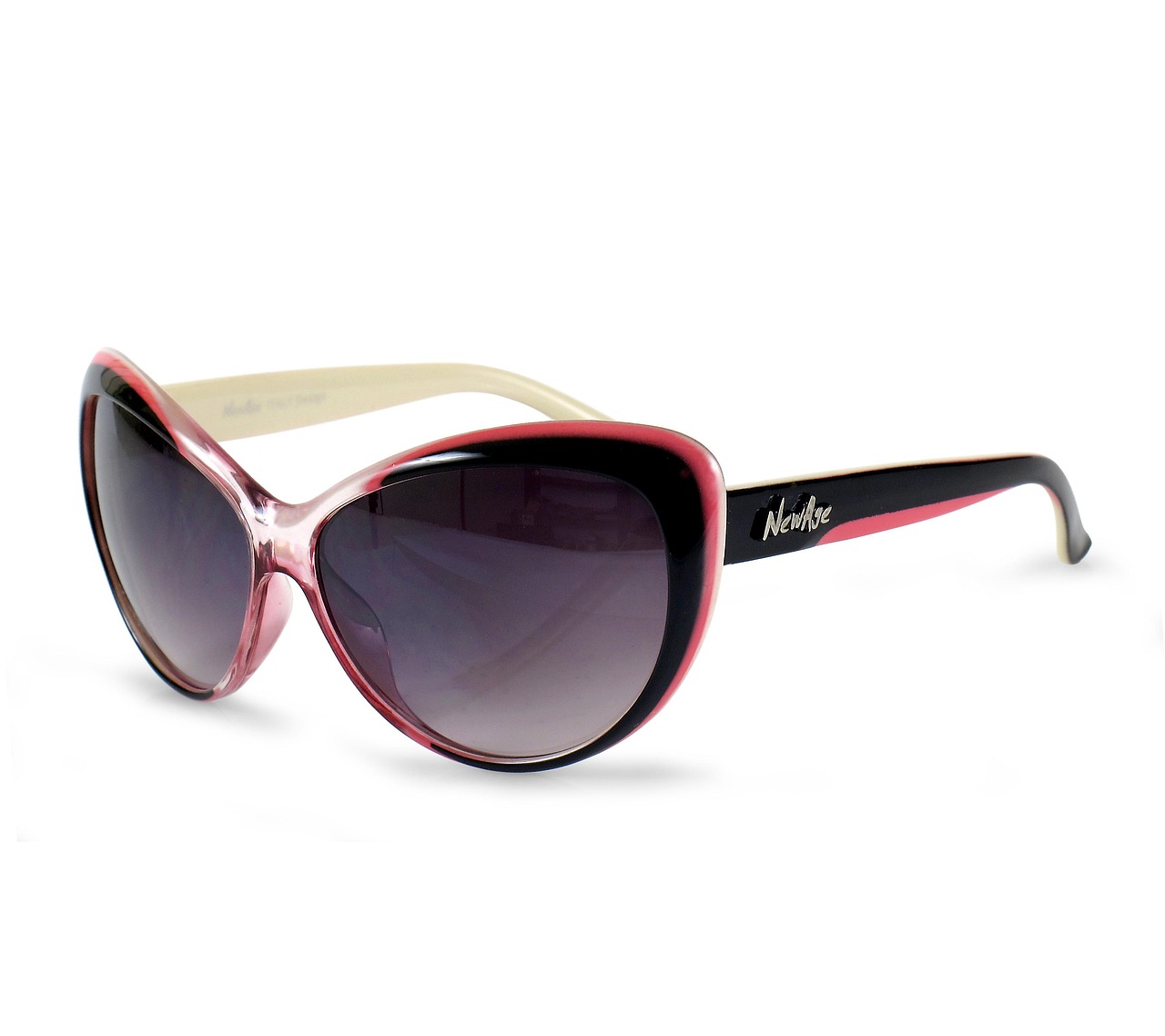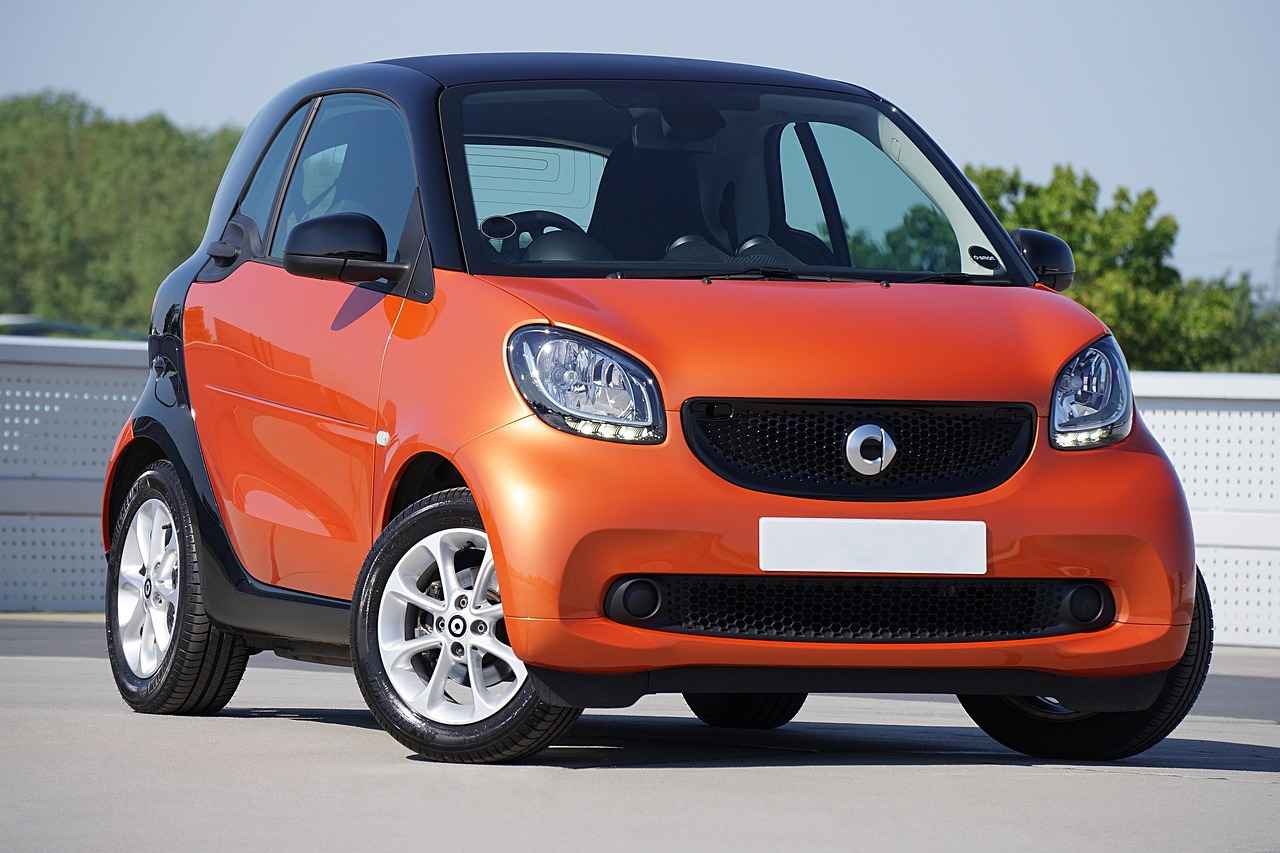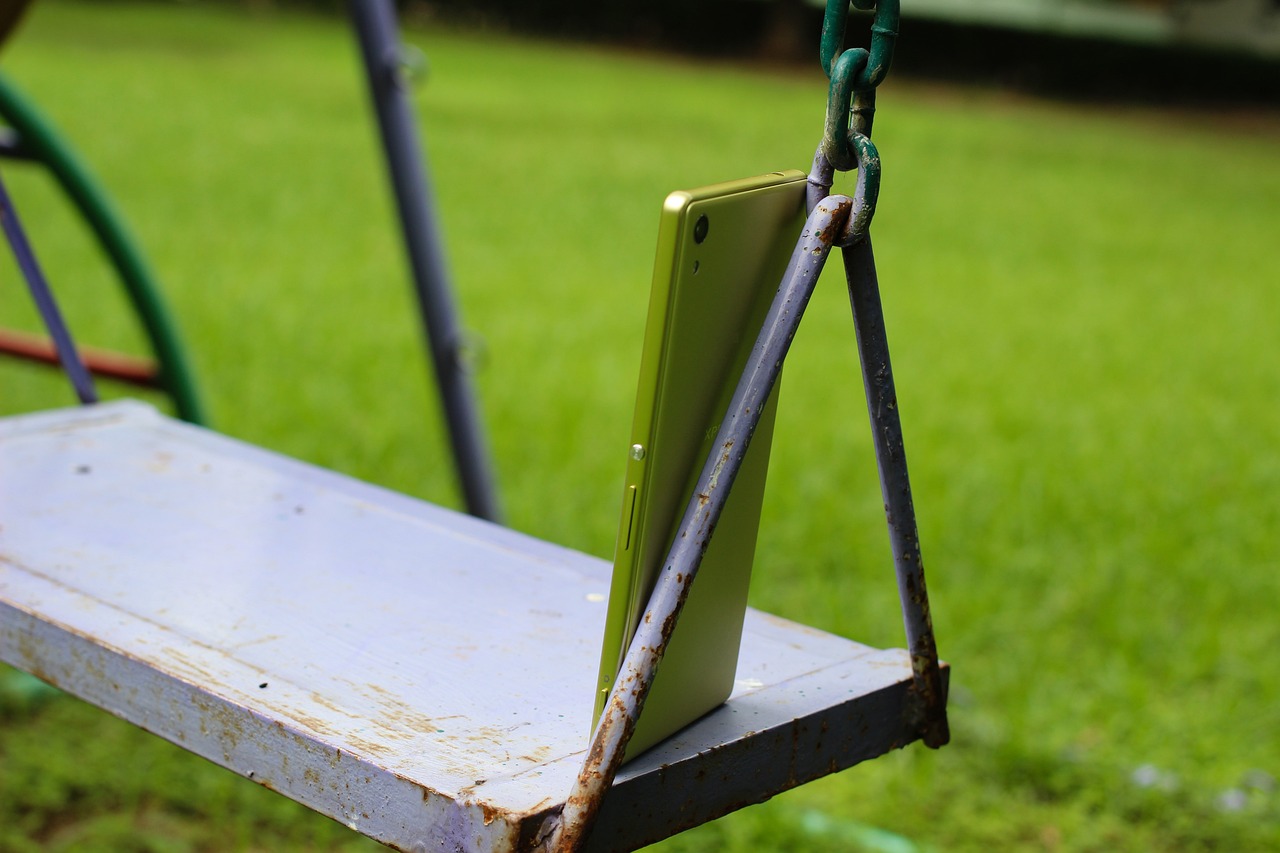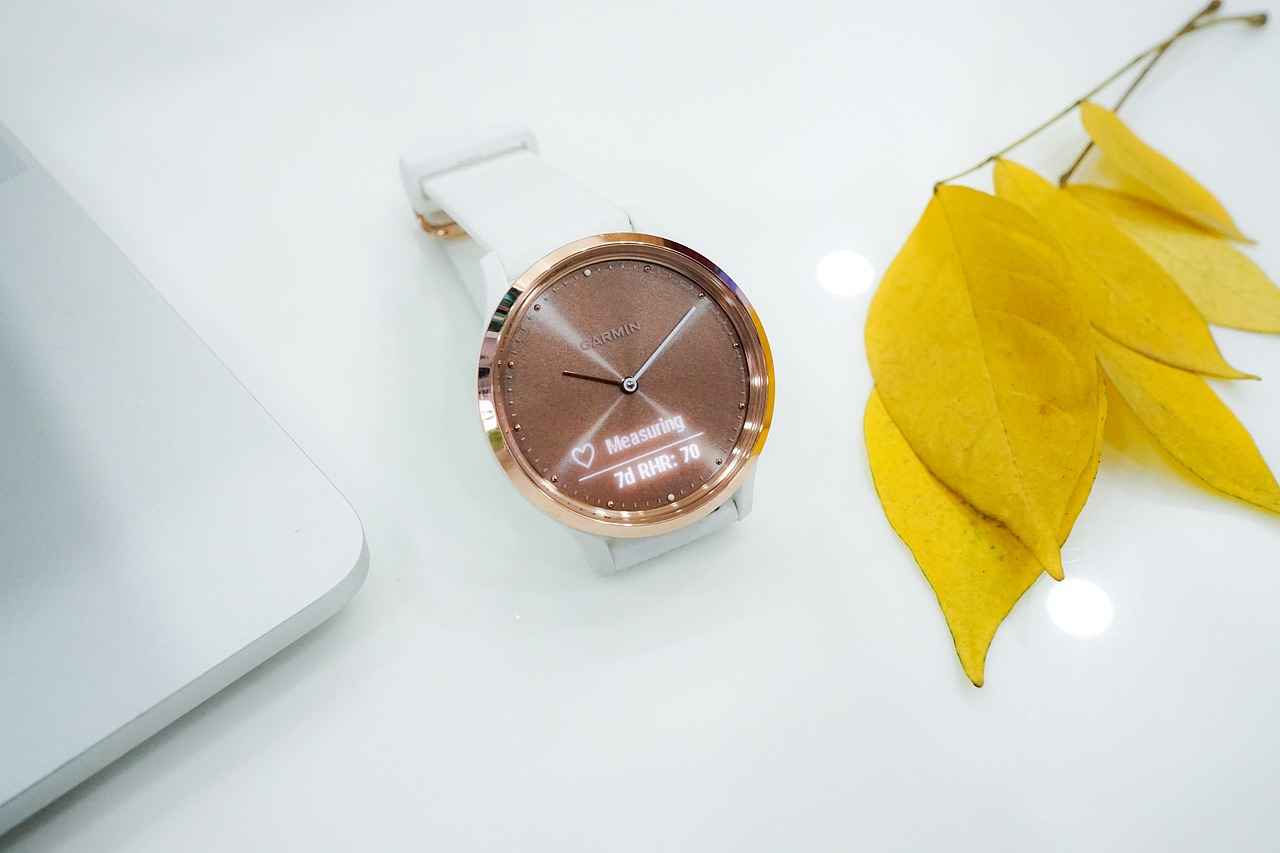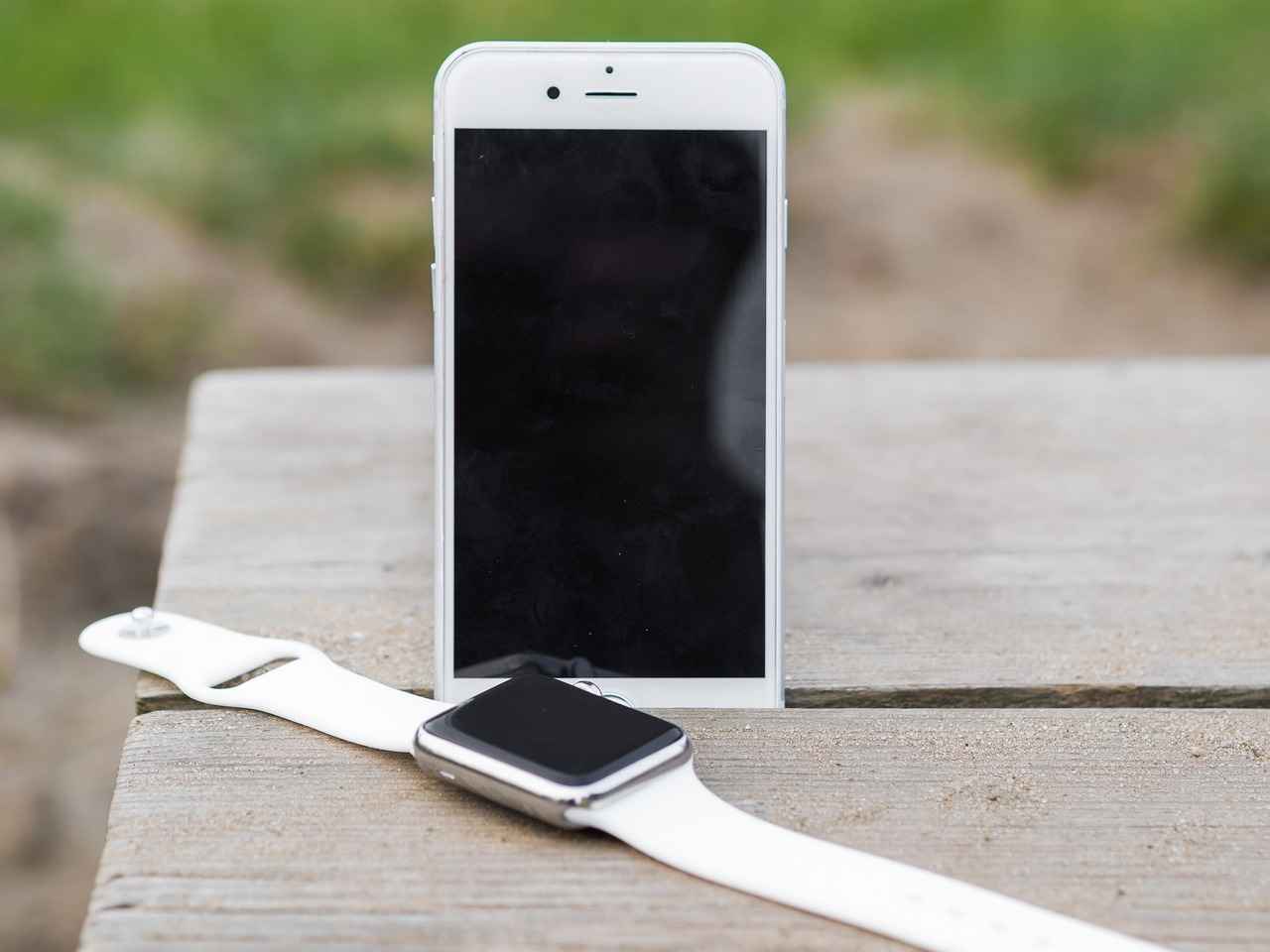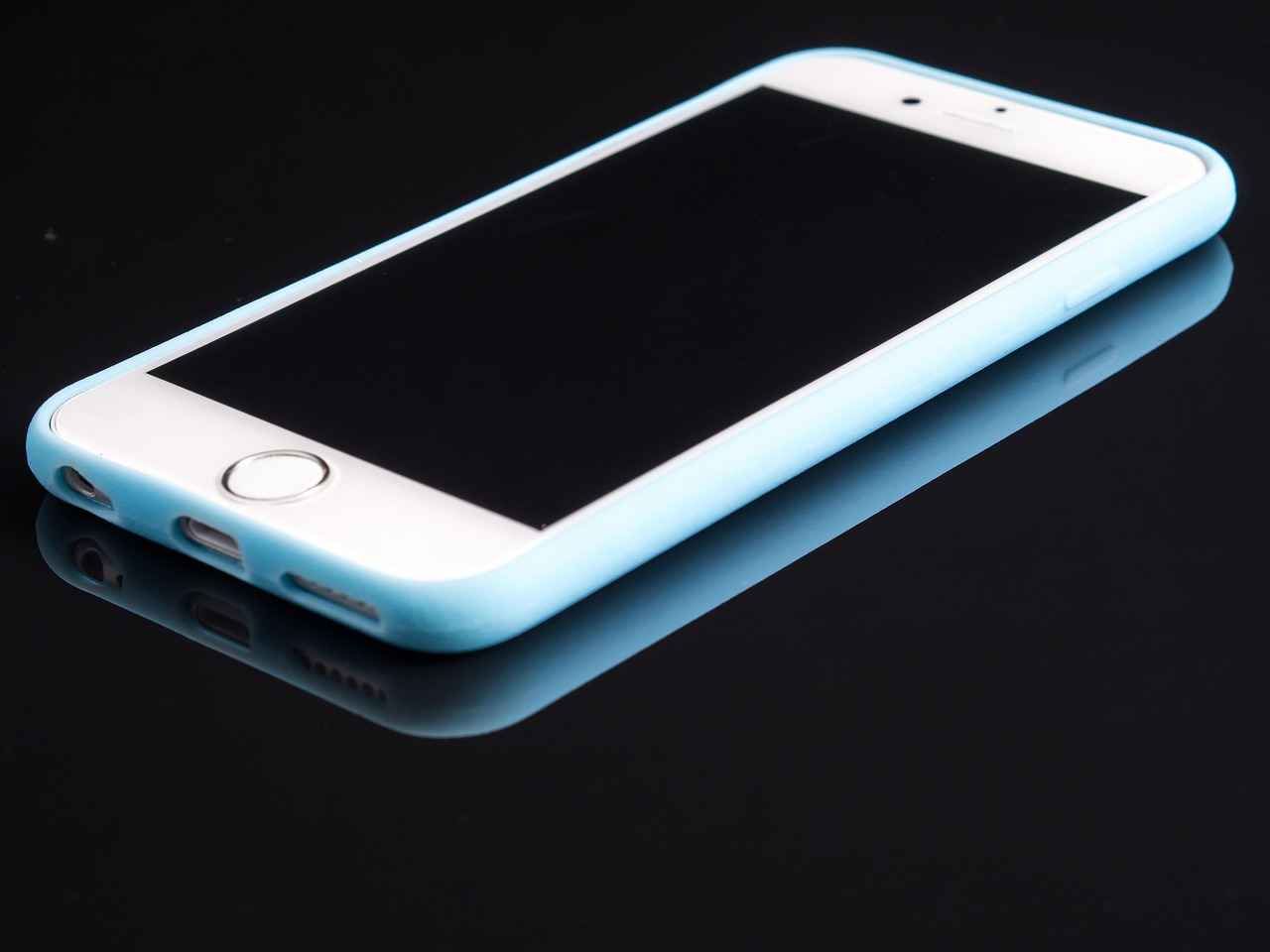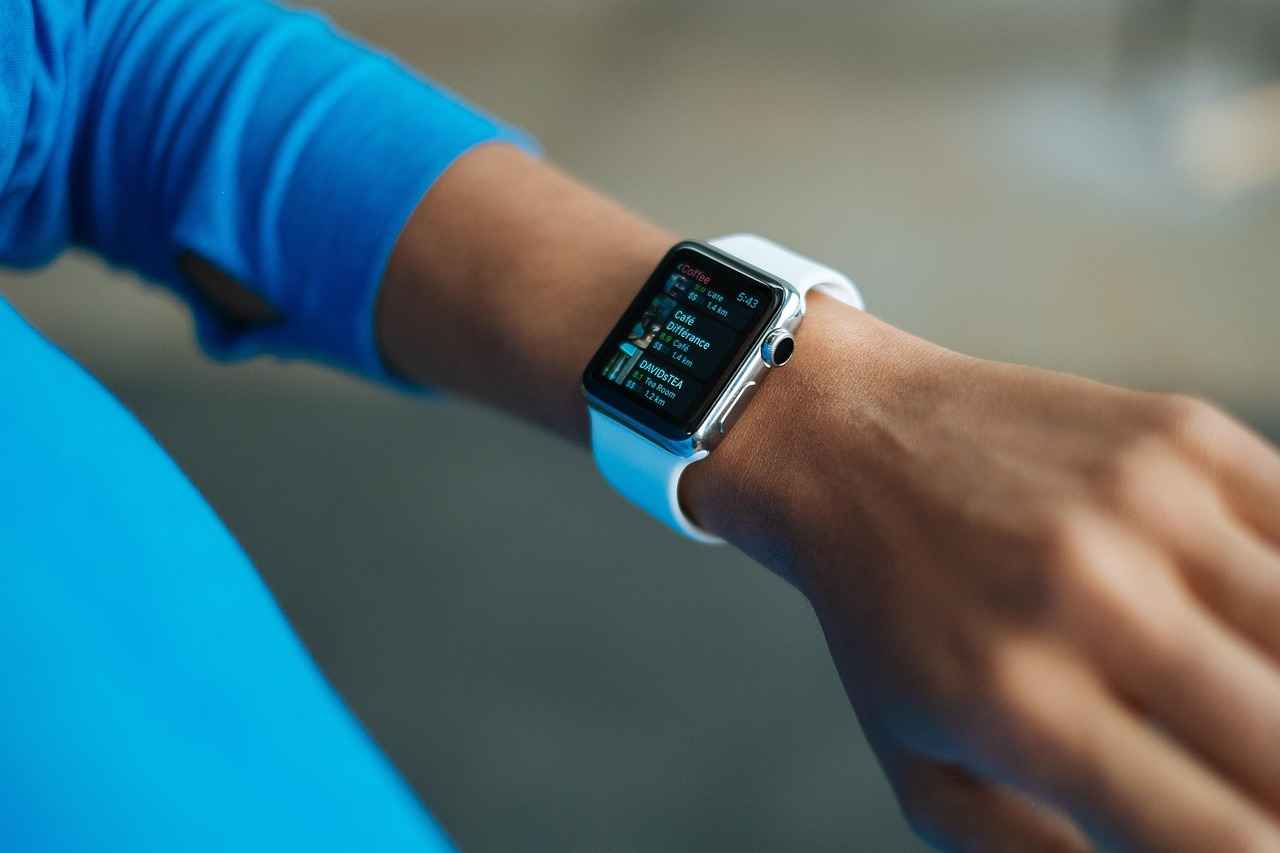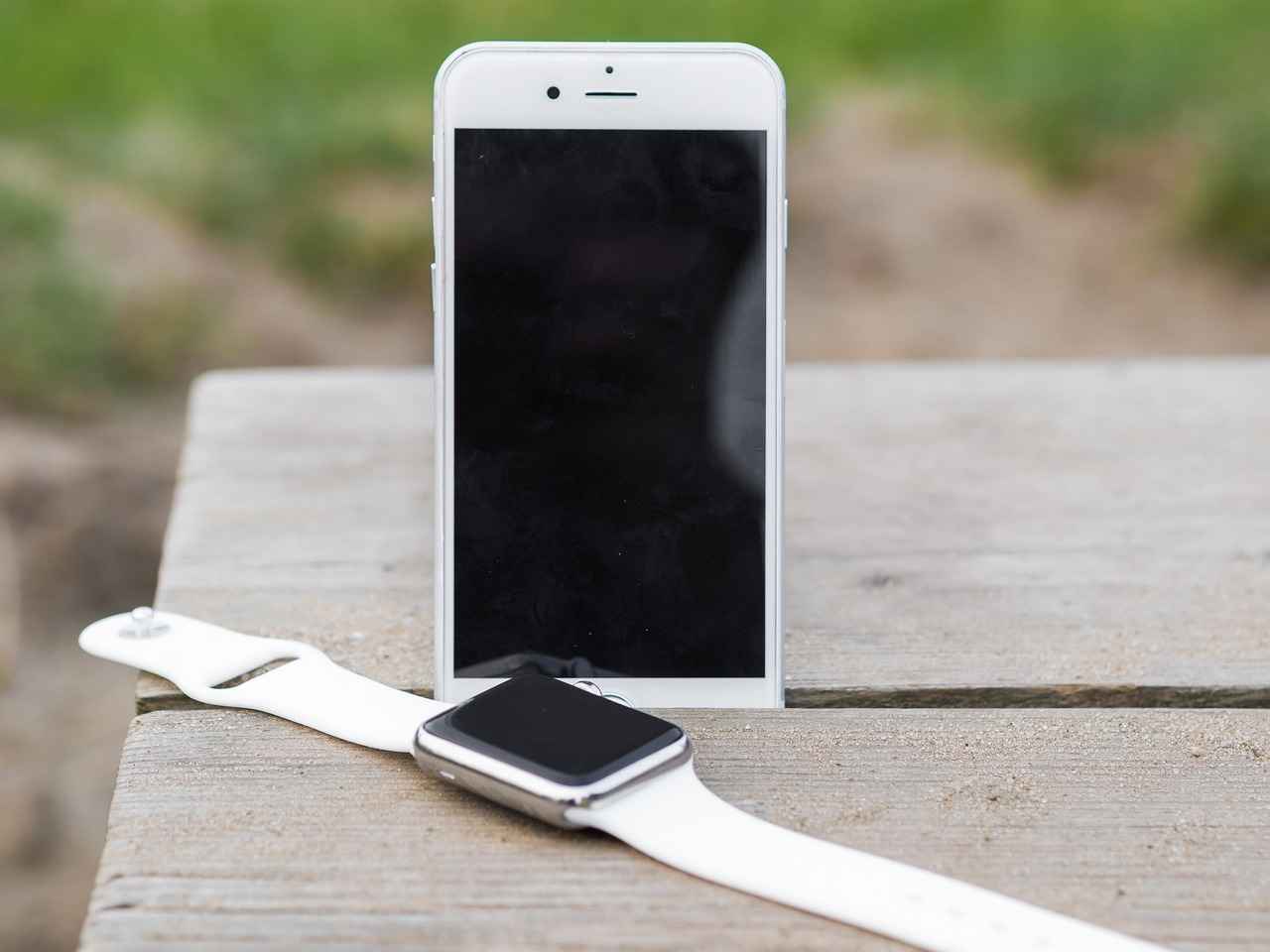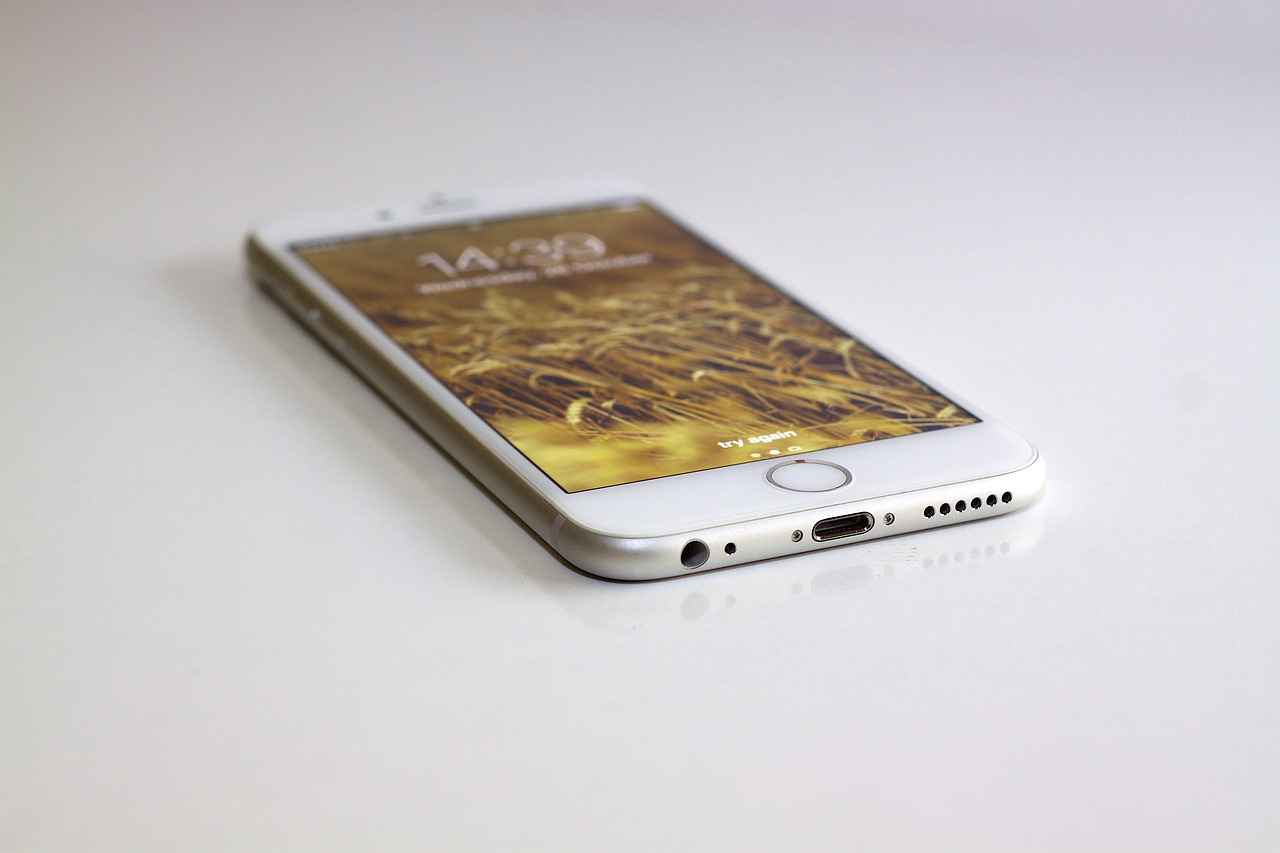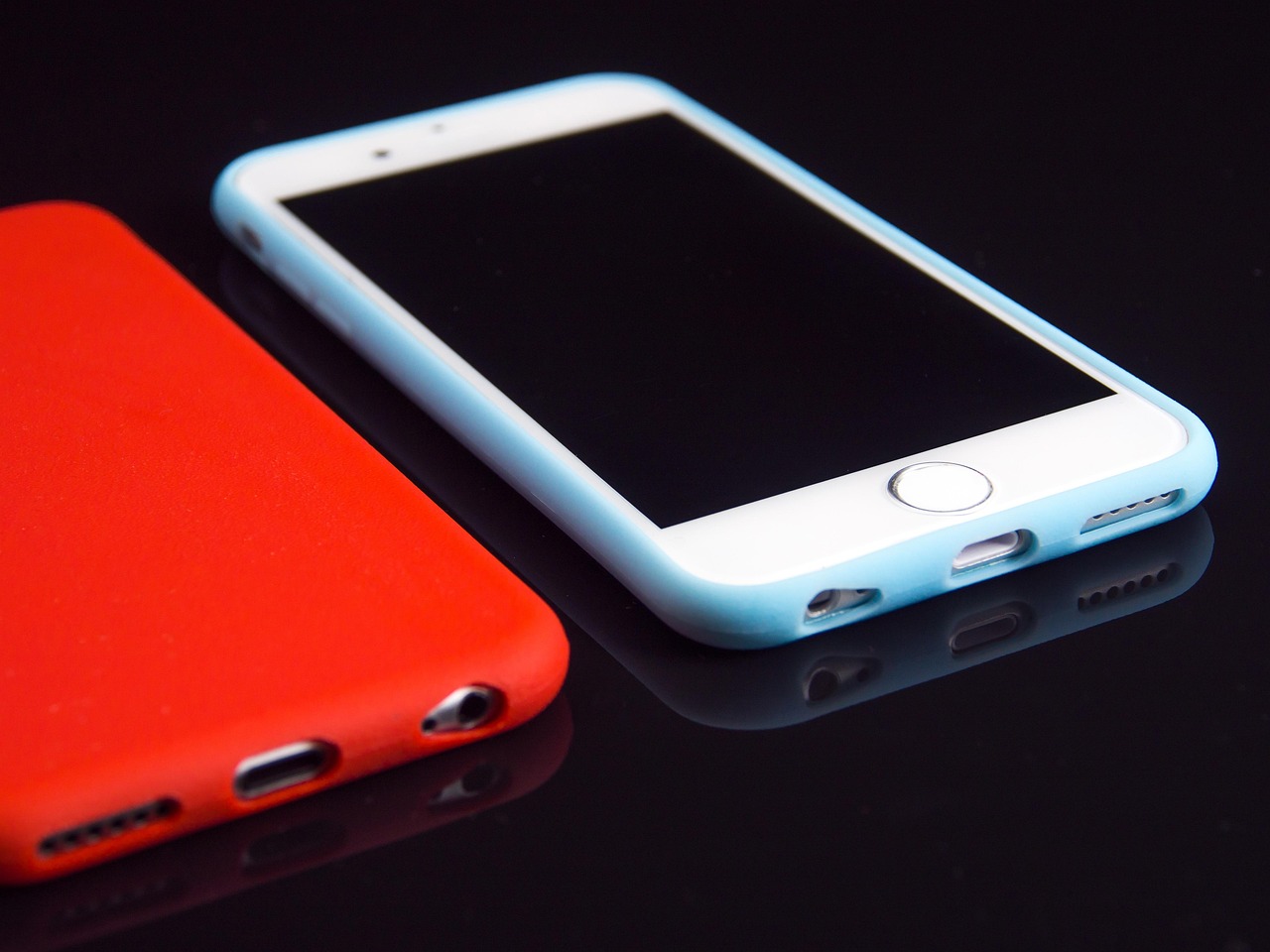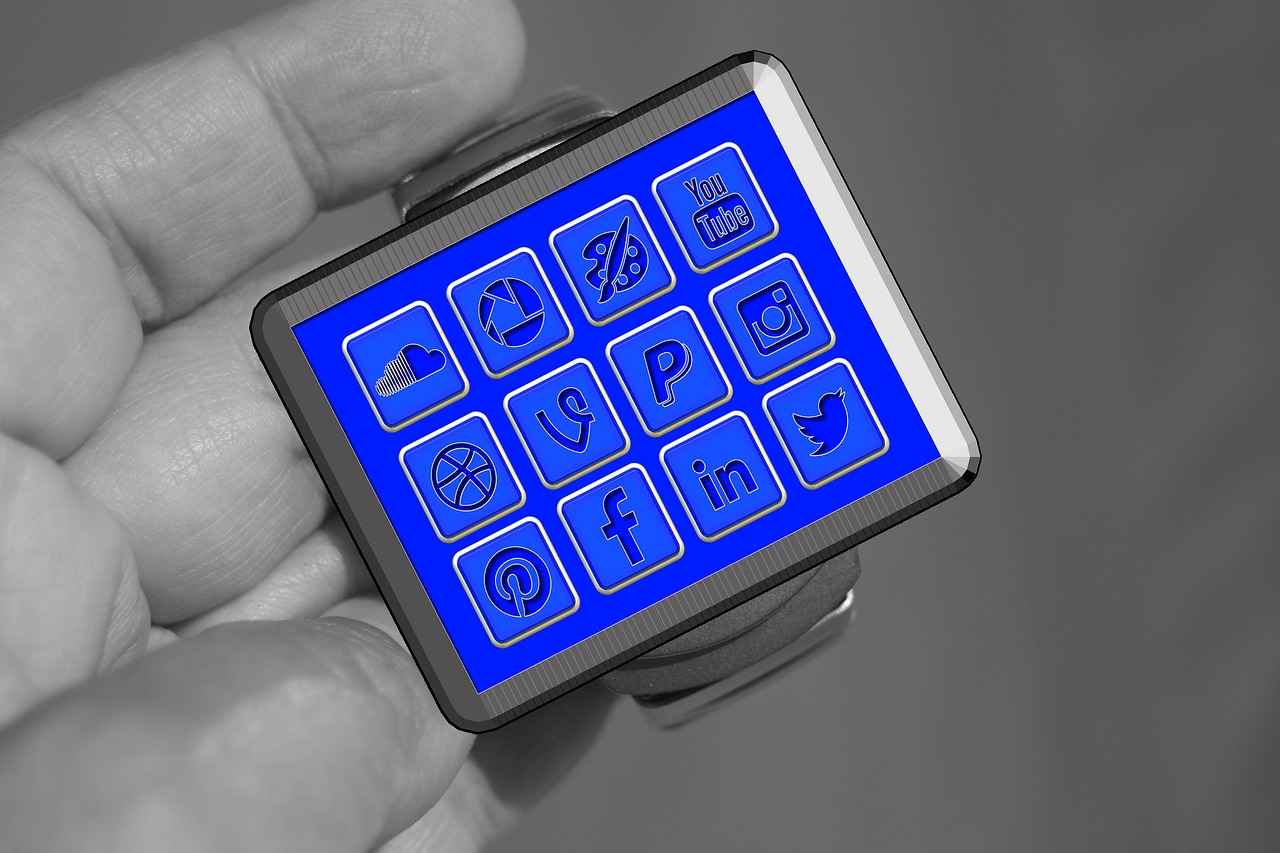This article explores the key features, benefits, and comparisons between Google and Samsung smartwatches to help consumers make an informed decision in choosing the right device for their needs.
Understanding Smartwatch Features
Smartwatches are equipped with a multitude of features that enhance user experience. Key functionalities include:
- Health Tracking: Monitoring heart rate, sleep patterns, and fitness levels.
- Notifications: Receiving alerts for calls, messages, and apps directly on your wrist.
- App Support: Access to a wide range of applications for various needs.
Design and Build Quality
The aesthetics and durability of a smartwatch can greatly affect user satisfaction. Both Google and Samsung offer stylish designs, but Samsung often uses premium materials like stainless steel and Gorilla Glass, while Google focuses on a sleek, modern look.
Operating Systems: Wear OS vs. Tizen
The performance of smartwatches heavily relies on their operating systems. Google’s Wear OS provides seamless integration with Google services, while Samsung’s Tizen is praised for its user-friendly interface and extensive app ecosystem.
Wear OS Features and Benefits
Wear OS enhances user experience with voice commands, customizable watch faces, and direct access to Google Assistant, making it a strong contender for Google users.
Tizen OS Features and Benefits
Tizen OS is known for its efficiency and smooth performance. It includes unique features such as Samsung Pay and a robust fitness tracking suite, appealing to Samsung users.
Health and Fitness Tracking Capabilities
Health tracking is crucial for many users. Google smartwatches integrate Google Fit, while Samsung devices offer comprehensive health monitoring, including stress management and sleep tracking.
Battery Life and Charging Options
Battery performance is essential for usability. Samsung smartwatches typically boast longer battery life, while Google devices often support faster charging options.
Price Comparison: Budget vs. Premium Models
Price is a key factor in decision-making. Samsung offers a range of models from budget-friendly to premium, while Google focuses on mid-range to high-end devices, providing various options for different budgets.
User Reviews and Satisfaction Ratings
User feedback is invaluable for assessing product performance. Generally, both brands receive positive reviews, with users praising Samsung for its build quality and Google for its software integration.
Future Updates and Support
Long-term usability is influenced by software updates and customer support. Google and Samsung both have solid update policies, but user experiences can vary significantly.
Final Thoughts: Which Smartwatch is Right for You?
Choosing between Google and Samsung smartwatches ultimately hinges on personal preferences. Consider your specific needs and priorities to make the best choice for your lifestyle.

Understanding Smartwatch Features
Smartwatches are increasingly becoming essential gadgets in our daily lives, offering a multitude of features that cater to various user needs. When choosing between Google and Samsung smartwatches, it is crucial to understand the key functionalities that each brand provides. This section explores vital features such as health tracking, notifications, and app support, which can significantly influence your decision.
- Health Tracking: Both Google and Samsung smartwatches are equipped with advanced health tracking capabilities. Google smartwatches often utilize Google Fit, which offers features like heart rate monitoring, exercise tracking, and sleep analysis. On the other hand, Samsung devices come with a comprehensive suite of health tools, including stress management and sleep tracking, making them ideal for fitness enthusiasts.
- Notifications: Staying connected is vital, and both brands excel in delivering notifications. Google smartwatches provide seamless integration with Google services, allowing users to receive alerts from various apps directly on their wrist. Samsung smartwatches also offer robust notification support, with the added benefit of customizable options that let users prioritize which alerts they see.
- App Support: The availability of apps can enhance the functionality of a smartwatch. Google’s Wear OS features a wide range of applications, including popular fitness and productivity apps. Samsung’s Tizen OS, while slightly more limited in app selection, still provides essential applications that cater to everyday needs, ensuring users have access to the tools they require.
In summary, when evaluating smartwatches from Google and Samsung, consider the specific features that matter most to you. Whether it’s health tracking, notification management, or app support, understanding these functionalities will guide you in selecting the smartwatch that best fits your lifestyle.

Design and Build Quality
The design and build quality of a smartwatch can significantly influence user experience. When choosing between Google and Samsung models, aesthetics, materials, and durability play crucial roles in determining which device stands out in a crowded market.
Aesthetics are often the first aspect that catches the eye. Google smartwatches typically feature a minimalist design, emphasizing sleek lines and modern finishes. Their use of vibrant colors and customizable watch faces allows users to express their personal style. In contrast, Samsung smartwatches often adopt a more robust look, with a variety of sizes and styles, including sporty and classic designs. This diversity caters to a broader audience, appealing to those who prefer a more traditional watch appearance.
When it comes to materials, both brands have made significant strides. Google smartwatches usually incorporate high-quality aluminum and glass, ensuring a lightweight yet durable feel. Samsung, on the other hand, often utilizes stainless steel and ceramic in its premium models, providing a luxurious touch and enhanced durability. The choice of materials not only affects the watch’s weight but also its resistance to scratches and everyday wear and tear.
Durability is another critical factor. Both brands offer water and dust resistance, but Samsung’s higher-end models often boast a more rugged design, making them suitable for outdoor activities. Google smartwatches, while stylish, may not withstand harsh conditions as well as their Samsung counterparts. Users should consider their lifestyle and how much wear and tear their smartwatch will endure.
In summary, the design and build quality of Google and Samsung smartwatches present distinct advantages and disadvantages. While Google excels in aesthetics and personalization, Samsung offers superior durability and a more diverse range of styles. Ultimately, the choice between the two will depend on individual preferences and lifestyle needs.
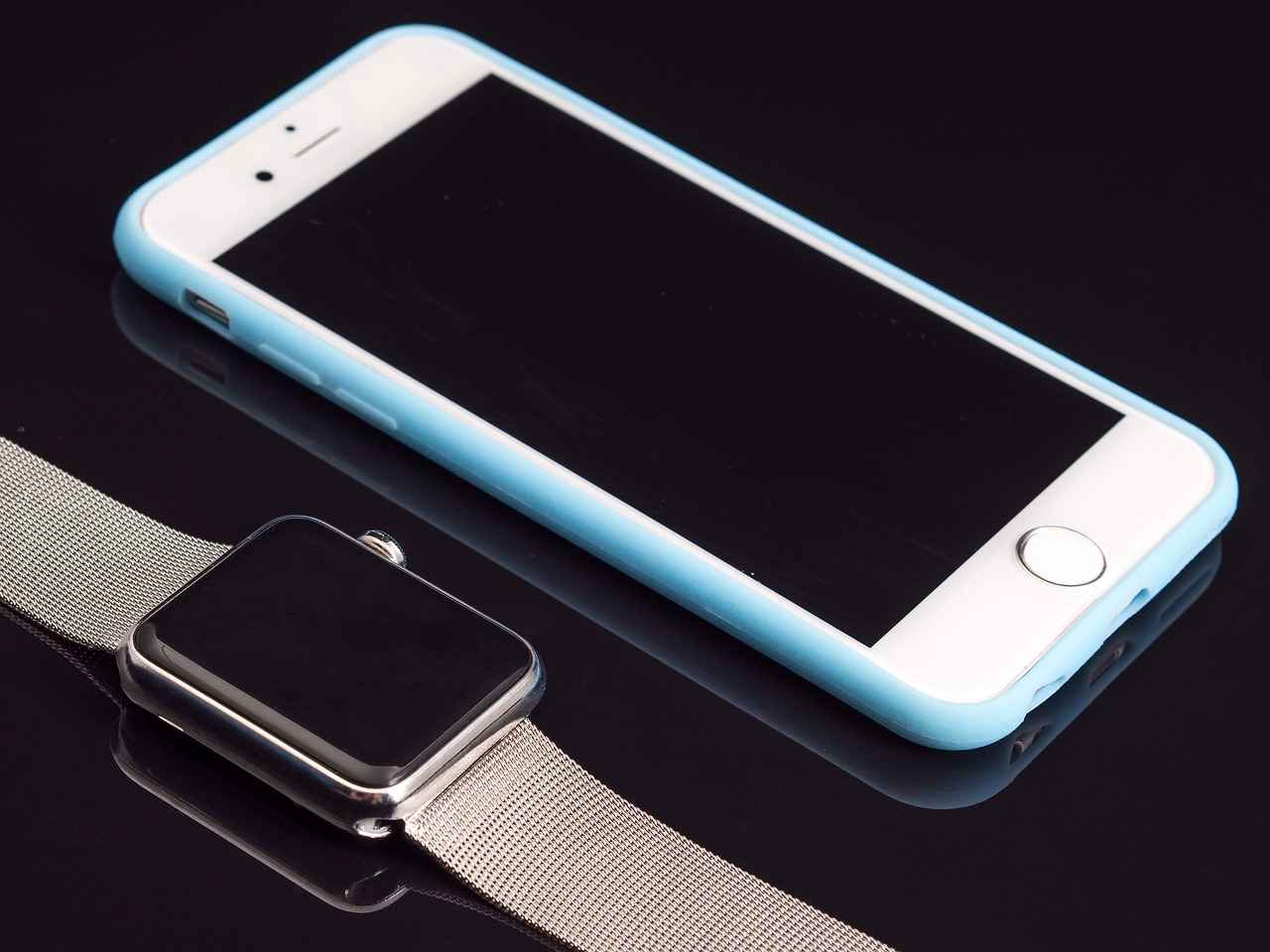
Operating Systems: Wear OS vs. Tizen
Operating systems serve as the backbone of smartwatches, significantly influencing their performance and user experience. In this section, we will provide a detailed comparison between Google’s Wear OS and Samsung’s Tizen, highlighting key aspects such as user interface, app availability, and overall functionality.
Wear OS is designed to integrate seamlessly with Google services, making it an attractive option for users who rely heavily on the Google ecosystem. The user interface is intuitive and allows for easy navigation, featuring customizable watch faces and quick access to notifications. Additionally, Wear OS supports a wide range of apps, thanks to its compatibility with the Google Play Store, which offers a vast library of applications tailored for various needs, including fitness tracking, productivity, and entertainment.
On the other hand, Tizen OS, developed by Samsung, is recognized for its smooth performance and battery efficiency. The interface is user-friendly, providing a straightforward experience with easy access to essential features. While Tizen may not have as extensive an app library as Wear OS, it offers a selection of exclusive apps that enhance the functionality of Samsung smartwatches. Moreover, Tizen’s optimization for Samsung hardware often results in better performance and longer battery life, making it a strong contender in this comparison.
| Feature | Wear OS | Tizen |
|---|---|---|
| User Interface | Intuitive and customizable | User-friendly with quick access |
| App Availability | Extensive library via Google Play Store | Limited but exclusive apps |
| Performance | Good, depends on hardware | Optimized for Samsung devices |
| Battery Life | Varies by device | Typically longer |
In summary, both Wear OS and Tizen have their unique advantages. Wear OS excels in app availability and integration with Google services, while Tizen is praised for its performance and battery efficiency. Ultimately, the choice between the two will depend on individual preferences and specific usage needs.
Wear OS Features and Benefits
Wear OS has revolutionized the smartwatch landscape, offering a range of features that cater specifically to Google users. One of its standout aspects is the seamless integration with Google services, which enhances the overall user experience. This integration allows users to access their Google Calendar, Gmail, and Google Assistant directly from their wrist, making it easier to stay organized and connected.
Another significant feature of Wear OS is its robust voice command capabilities. Users can easily interact with their smartwatches using simple voice commands, allowing for hands-free operation. This is particularly beneficial for tasks such as sending messages, setting reminders, or controlling smart home devices, all of which can be done with just a few spoken words.
The customization options available on Wear OS are also noteworthy. Users can choose from a variety of watch faces, allowing them to personalize their devices to match their style or mood. Additionally, the platform supports a wide range of third-party apps, enabling users to tailor their smartwatch experience even further. From fitness tracking to productivity tools, the options are virtually limitless.
| Feature | Description |
|---|---|
| Integration with Google Services | Access to Google Calendar, Gmail, and Google Assistant directly from the watch. |
| Voice Commands | Hands-free operation for messaging, reminders, and smart home control. |
| Customization Options | Variety of watch faces and third-party apps for a personalized experience. |
In summary, Wear OS stands out for its unique features tailored for Google users. The integration with essential services, combined with voice command functionality and extensive customization options, significantly enhances the user experience. Whether you’re a tech enthusiast or someone looking for practical applications, Wear OS provides a compelling choice in the smartwatch market.
Tizen OS Features and Benefits
Tizen OS is a powerful operating system that has gained popularity among Samsung smartwatch users due to its exceptional performance and battery efficiency. With a focus on providing a seamless user experience, Tizen OS stands out through its intuitive interface and a range of exclusive features designed specifically for Samsung devices.
One of the most notable aspects of Tizen OS is its user-friendly interface. The design prioritizes ease of navigation, allowing users to quickly access their favorite apps and features without unnecessary complexity. The home screen can be customized with various widgets, enabling users to display the information they find most useful, such as weather updates, fitness stats, and notifications.
In addition to its interface, Tizen OS offers a variety of exclusive features that enhance the functionality of Samsung smartwatches. For instance, the integration of Samsung Health allows users to monitor their health metrics effortlessly, including heart rate, sleep patterns, and physical activity. This comprehensive health tracking is complemented by personalized coaching and insights, making it easier for users to achieve their fitness goals.
Another advantage of Tizen OS is its battery management. The operating system is optimized to consume less power, extending the battery life of Samsung smartwatches significantly. Users can enjoy features like always-on displays and GPS tracking without worrying about frequent recharging. This efficiency is particularly beneficial for those who rely on their smartwatches throughout the day.
Moreover, Tizen OS supports a wide range of applications available through the Samsung Galaxy Store. Users can find and download apps tailored to their interests, from productivity tools to entertainment options, enhancing their smartwatch experience.
In summary, Tizen OS provides a robust platform for Samsung smartwatch users, combining a smooth performance, user-friendly interface, and exclusive health features. Its focus on battery efficiency and app support ensures that users can maximize the potential of their devices.
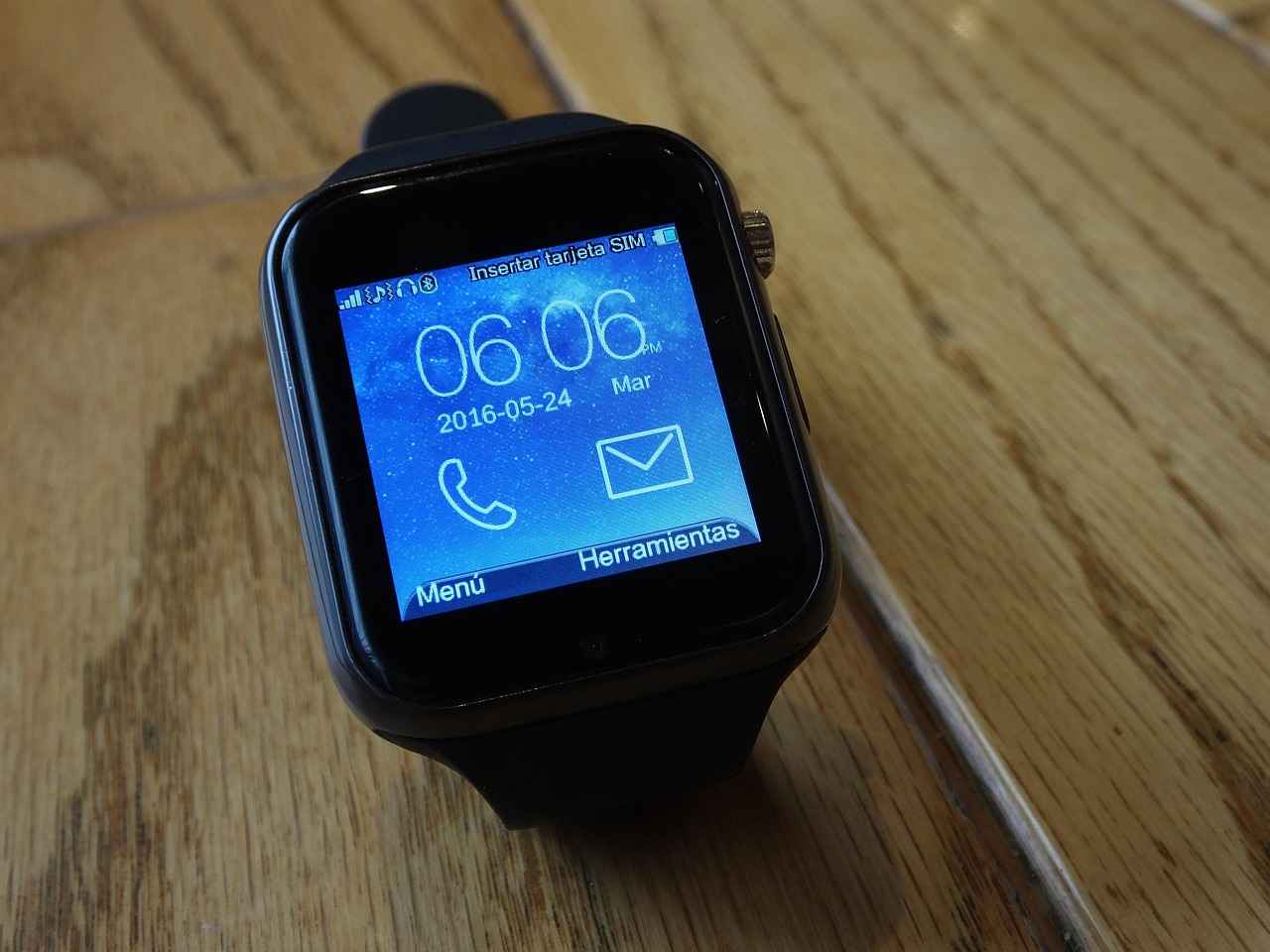
Health and Fitness Tracking Capabilities
In today’s fast-paced world, health tracking has become an essential feature for smartwatch users. Both Google and Samsung have made significant strides in integrating advanced health and fitness monitoring capabilities into their devices. This section will explore the various health features offered by each brand, helping you make an informed choice based on your fitness needs.
- Fitness Features: Google smartwatches leverage the power of Google Fit, which provides users with a comprehensive view of their physical activity. This platform tracks steps, distance, and calories burned, allowing users to set personalized fitness goals. In contrast, Samsung devices utilize Samsung Health, which not only tracks similar metrics but also offers a wider range of workout programs and challenges.
- Heart Rate Monitoring: Heart rate monitoring is a critical aspect of health tracking. Google smartwatches come equipped with advanced sensors that provide accurate heart rate readings throughout the day. Samsung’s heart rate monitoring features are equally robust, offering real-time tracking during workouts and the ability to monitor heart rate variability, which can be vital for stress management.
- Additional Health Tools: Beyond basic tracking, both brands offer unique health tools. Google smartwatches can integrate with third-party apps for enhanced tracking, while Samsung smartwatches include features like stress management tools and sleep tracking that analyze sleep patterns and provide insights for improvement. Samsung also offers a body composition measurement tool, which is a unique addition not found on Google devices.
- Integration with Other Devices: Google smartwatches seamlessly connect with other Google services, allowing users to sync health data across multiple platforms. Samsung’s ecosystem is similarly integrated, enabling users to connect with various Samsung devices for a holistic health management experience.
In summary, both Google and Samsung smartwatches offer impressive health tracking capabilities, but the choice between them will largely depend on individual preferences and specific health goals. Whether you prioritize advanced fitness tracking, heart rate monitoring, or additional health tools, both brands provide excellent options to support your wellness journey.
Google Smartwatch Health Features
Google smartwatches are designed with a focus on health tracking, integrating advanced tools that cater to the needs of fitness enthusiasts and health-conscious users alike. One of the standout features is Google Fit, which serves as a comprehensive health platform. This application not only tracks physical activity but also monitors vital health metrics, making it a powerful companion for anyone looking to improve their well-being.
- Activity Tracking: Google Fit allows users to track a variety of activities, from running and cycling to yoga and strength training. The app automatically detects activities, providing a seamless experience.
- Heart Rate Monitoring: Most Google smartwatches come equipped with heart rate sensors that continuously monitor heart rates, offering insights into cardiovascular health.
- Sleep Tracking: Understanding sleep patterns is crucial for overall health. Google Fit includes sleep tracking features that analyze sleep duration and quality, helping users make informed lifestyle adjustments.
- Stress Management: Some models offer stress tracking capabilities, utilizing heart rate variability to gauge stress levels and suggest breathing exercises for relaxation.
- Personalized Goals: Users can set personalized fitness goals within Google Fit, allowing for tailored health journeys that adapt to individual needs and progress.
When comparing Google Fit to Samsung’s health tracking features, it’s essential to note that both platforms offer unique advantages. While Google Fit excels in integration with other Google services, Samsung’s health features are often more robust, particularly in areas like sleep analysis and stress management.
Overall, Google smartwatches provide a solid foundation for health tracking, with Google Fit serving as a central hub for fitness and wellness data. This makes them a compelling choice for users who prioritize health monitoring in their smartwatch experience.
Samsung Smartwatch Health Features
Samsung smartwatches are renowned for their comprehensive health monitoring features, making them a popular choice for fitness enthusiasts and health-conscious users alike. These devices are equipped with an array of tools that help users track their well-being effectively.
One of the standout features of Samsung smartwatches is their fitness tracking capabilities. These watches offer a variety of exercise modes, allowing users to monitor activities such as running, cycling, swimming, and even yoga. The built-in heart rate monitor provides real-time data, helping users maintain their target heart rate during workouts.
- Sleep Tracking: Samsung smartwatches come with advanced sleep tracking features that analyze sleep patterns and provide insights into sleep quality. Users receive detailed reports on their sleep stages, including REM, deep, and light sleep, enabling them to make informed adjustments to improve their rest.
- Stress Management: The stress management tools are another highlight, offering guided breathing exercises to help users manage stress levels throughout the day. This feature is particularly beneficial for those with hectic lifestyles or high-pressure jobs.
- Body Composition Analysis: Some Samsung models include a body composition analysis tool, which measures body fat percentage, muscle mass, and water weight. This data can be invaluable for users aiming to achieve specific fitness goals.
Moreover, Samsung smartwatches integrate seamlessly with the Samsung Health app, providing users with a comprehensive overview of their health metrics. This app allows for easy tracking of daily activity, nutrition, and hydration levels, making it a one-stop solution for health management.
In summary, Samsung smartwatches offer a robust suite of health and fitness features that cater to a wide range of user needs. Whether you are looking to monitor your workouts, manage stress, or improve your sleep quality, these devices provide the tools necessary for a healthier lifestyle.
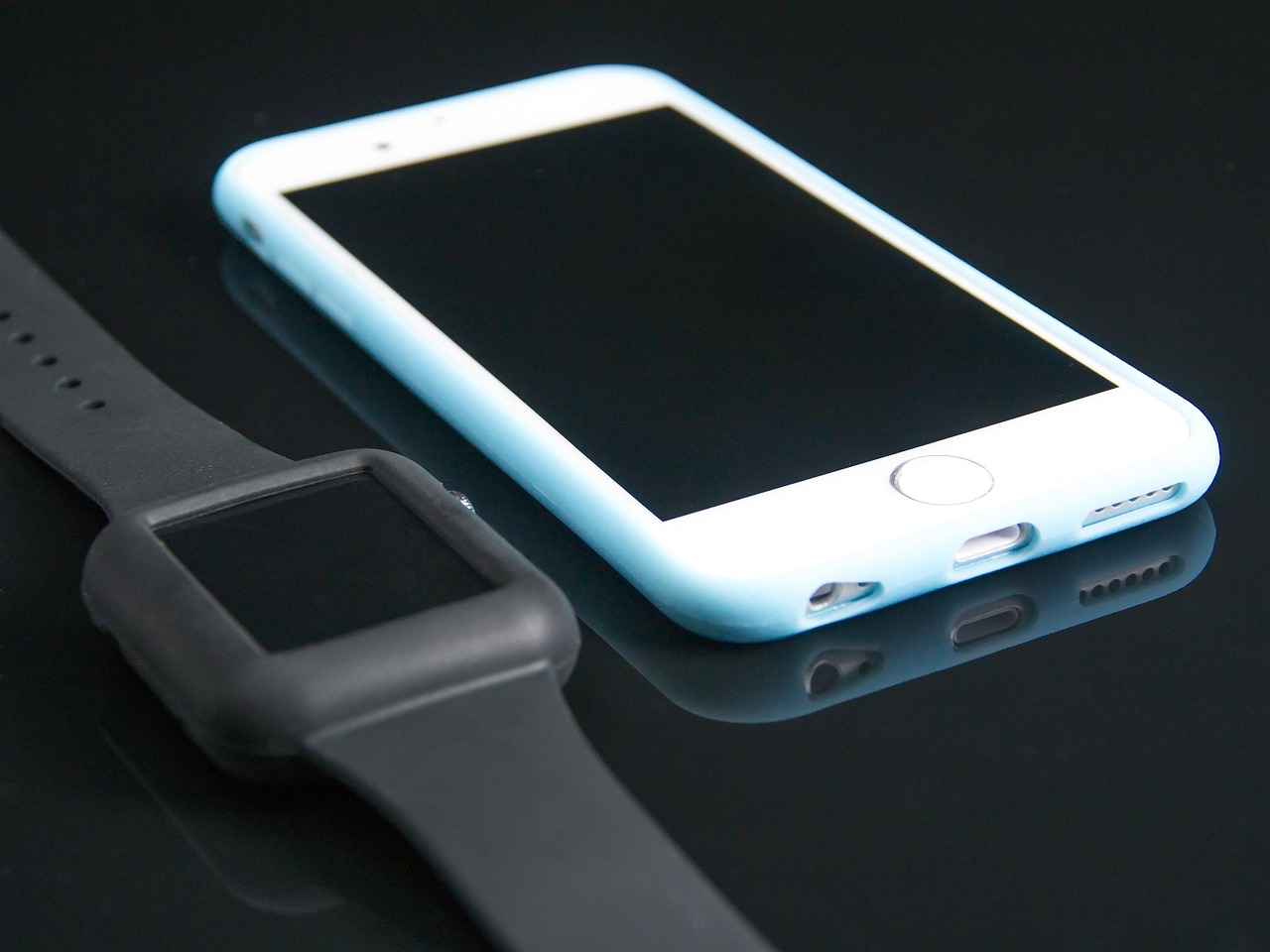
Battery Life and Charging Options
Battery performance is a crucial aspect of smartwatch usability, directly affecting how often users need to recharge their devices and how long they can rely on them throughout the day. In this section, we will delve into the battery life and charging methods of Google and Samsung smartwatches, aiming to determine which brand offers more convenience and efficiency for users.
When it comes to battery life, both Google and Samsung have made significant strides in optimizing their smartwatches. Google smartwatches, particularly those running on the latest Wear OS, typically offer a battery life that ranges from 24 to 48 hours depending on usage patterns and features activated. On the other hand, Samsung’s smartwatches, powered by Tizen, often boast a longer battery life, frequently lasting up to two days or more under similar conditions.
Charging methods also play a vital role in the overall user experience. Google smartwatches utilize a magnetic charging dock that allows for quick and easy charging. This method is designed for convenience, enabling users to simply place their watch on the dock without fumbling with cables. Samsung, however, has taken it a step further by incorporating wireless charging technology that is compatible with various Qi-certified chargers. This flexibility allows users to charge their smartwatches using a range of devices, from dedicated chargers to smartphones.
In terms of fast charging, both brands offer impressive capabilities. Google smartwatches can achieve a significant charge in just over an hour, making it easy for users to get back on track quickly. Samsung smartwatches also feature rapid charging, often reaching a substantial charge in under an hour, which is particularly useful for those in a hurry.
Ultimately, the choice between Google and Samsung smartwatches regarding battery life and charging options may come down to personal preference and lifestyle needs. While Samsung may offer longer battery life, Google’s charging convenience cannot be overlooked. Each brand has its strengths, making it essential for consumers to consider their specific requirements when making a decision.

Price Comparison: Budget vs. Premium Models
Price is undeniably a critical factor influencing purchasing decisions when it comes to smartwatches. As consumers navigate the diverse offerings from Google and Samsung, understanding the cost of various models becomes essential in identifying the best value for their budget. This section will provide a detailed analysis of how the prices of different models from both brands compare, focusing on both budget-friendly options and premium models.
Both Google and Samsung offer a range of smartwatches that cater to different price points. For those on a tighter budget, Google’s entry-level models, such as the Google Pixel Watch, provide essential features at a competitive price. On the other hand, Samsung’s Galaxy Watch Active series presents a similar offering, focusing on fitness and health tracking without breaking the bank.
In the premium segment, both brands showcase their flagship models that boast advanced features and superior build quality. The Samsung Galaxy Watch 5 and the latest Google Pixel Watch 2 are prime examples. These models not only come with enhanced functionalities like advanced health metrics and longer battery life but also feature premium materials that contribute to their higher price tags.
| Brand | Model | Price Range | Key Features |
|---|---|---|---|
| Pixel Watch | $349 – $399 | Health tracking, Google Assistant, customizable watch faces | |
| Samsung | Galaxy Watch Active 2 | $249 – $299 | Fitness tracking, heart rate monitor, long battery life |
| Pixel Watch 2 | $399 – $449 | Advanced health metrics, voice commands, premium design | |
| Samsung | Galaxy Watch 5 | $329 – $429 | Durable design, sleep tracking, extensive app support |
When evaluating these options, it is crucial for consumers to consider not just the initial price but also the long-term value. Features such as software updates, customer support, and compatibility with other devices can significantly affect the overall ownership experience. By weighing these factors, consumers can make informed choices that align with their financial constraints and feature preferences.

User Reviews and Satisfaction Ratings
User feedback is a critical component in understanding the performance and appeal of smartwatches. By analyzing user reviews and satisfaction ratings for both Google and Samsung smartwatches, we can gain valuable insights into overall consumer sentiment and preferences. This section aims to provide a comprehensive overview of what users are saying about these two popular brands.
When it comes to Google smartwatches, users often highlight the seamless integration with Google services, such as Google Assistant and Google Fit. Many reviews praise the user-friendly interface and the variety of customizable watch faces, which enhance personalization. However, some users express concerns regarding battery life, noting that it may not last as long as they would prefer, especially with heavy usage of fitness tracking features.
In contrast, Samsung smartwatches generally receive high marks for their build quality and design. Users appreciate the premium materials and aesthetic appeal of the devices. The Tizen operating system is often lauded for its smooth performance and extensive app availability. Nevertheless, some users have reported limitations in app compatibility compared to Google’s Wear OS, which can be a drawback for those seeking a broader range of applications.
In terms of satisfaction ratings, both brands have their loyal followings. According to various consumer reports, Samsung often edges out in overall satisfaction, particularly for users who prioritize health and fitness features. On the other hand, Google appeals to those who value integration with existing Google services and prefer a more customizable experience.
To summarize, user feedback reveals that while both Google and Samsung smartwatches have their strengths and weaknesses, the ultimate choice depends on individual priorities such as design, functionality, and ecosystem compatibility. By considering these factors, potential buyers can make a more informed decision that aligns with their specific needs and preferences.

Future Updates and Support
When it comes to smartwatches, software updates and customer support are critical factors that can significantly affect the longevity and usability of the device. Both Google and Samsung have established policies regarding updates and support, which can influence a user’s overall experience with their smartwatch.
Google’s Update Policy
- Google typically provides regular updates for its smartwatches, focusing on both security and feature enhancements.
- Wear OS users can expect periodic updates that improve app performance and introduce new functionalities.
- Google’s commitment to long-term support ensures that users can benefit from the latest advancements in technology.
Samsung’s Update Policy
- Samsung also offers regular updates for its Tizen-powered smartwatches, ensuring users receive critical security patches and new features.
- The company has been known to support its devices for several years, which is a significant advantage for long-term users.
- Samsung’s ecosystem allows for seamless integration of updates across its range of devices, enhancing the overall user experience.
Customer Support Experiences
- Google provides customer support primarily through online resources, including forums and help centers, which can be beneficial for troubleshooting.
- Samsung offers robust customer service options, including in-store support and dedicated helplines, making it easier for users to get help when needed.
In summary, both Google and Samsung have established solid frameworks for software updates and customer support. These factors play a vital role in ensuring that users can maximize the functionality and lifespan of their smartwatches, making them essential considerations for potential buyers.

Final Thoughts: Which Smartwatch is Right for You?
When it comes to selecting the ideal smartwatch, the choice between Google and Samsung models can be quite challenging. Both brands offer a range of features, aesthetics, and functionalities that cater to different user preferences. This section aims to provide a comprehensive overview of the essential factors to consider, ultimately assisting you in making an informed decision.
- Operating System Compatibility: Google smartwatches run on Wear OS, while Samsung devices utilize Tizen. If you are already invested in the Google ecosystem, a Google smartwatch may offer seamless integration with your existing apps and services. Conversely, if you use Samsung devices, a Tizen smartwatch could enhance compatibility.
- Health and Fitness Tracking: Both brands excel in health monitoring features. Google smartwatches often incorporate advanced tools like Google Fit, while Samsung offers comprehensive health tracking capabilities, including sleep analysis and stress management. Your priority in health features may sway your choice.
- Design Preferences: Aesthetics play a crucial role in smartwatch selection. Google smartwatches tend to have a more minimalist design, appealing to users who prefer a sleek look. Samsung, on the other hand, often emphasizes a more robust and sporty appearance. Consider your style and how the watch will fit into your daily life.
- Battery Life and Charging: Battery performance varies between models. Samsung watches are known for their impressive battery longevity, while Google smartwatches may require more frequent charging. If long battery life is essential for your lifestyle, this could be a deciding factor.
- Price Range: Both brands offer a variety of models at different price points. Assess your budget and explore the features available within that range. Samsung often provides premium options, while Google may appeal to those seeking more budget-friendly choices.
In conclusion, the decision between a Google or Samsung smartwatch ultimately hinges on your individual preferences and requirements. By evaluating the factors mentioned above, you can select a device that aligns with your lifestyle and enhances your daily activities.
Frequently Asked Questions
- What are the main differences between Google and Samsung smartwatches?
The primary differences lie in their operating systems, design aesthetics, and health tracking capabilities. Google smartwatches typically run on Wear OS, offering seamless integration with Google services, while Samsung devices use Tizen, known for its smooth performance and battery efficiency.
- Which smartwatch is better for health tracking?
Both brands offer robust health tracking features, but Google smartwatches often integrate advanced tools like Google Fit. Samsung smartwatches, on the other hand, provide comprehensive health monitoring, including sleep and stress management tools, making them a strong contender for health enthusiasts.
- How does battery life compare between the two?
Battery life can vary significantly between models. Generally, Samsung smartwatches have a reputation for longer battery life due to their efficient Tizen OS, while Google smartwatches may require more frequent charging depending on usage and features activated.
- Are there budget-friendly options available?
Yes! Both Google and Samsung offer a range of models, from budget to premium. It’s essential to compare features against price to find the best value for your needs.
- How often do these smartwatches receive software updates?
Software updates are crucial for performance and security. Google typically provides regular updates for Wear OS devices, while Samsung also maintains a solid update policy for Tizen smartwatches, ensuring users benefit from the latest features and improvements.

